At the beginning of the month I visited the wonderful Folk And Folk Art Museum in Targu Mures and today I'd like to take you in a tour, let's go back in time and see what like was once in Transylvania. The museum in in the heart of the city, so if you're visiting and have an hour, don't miss it as it's a beauty, a treasure.
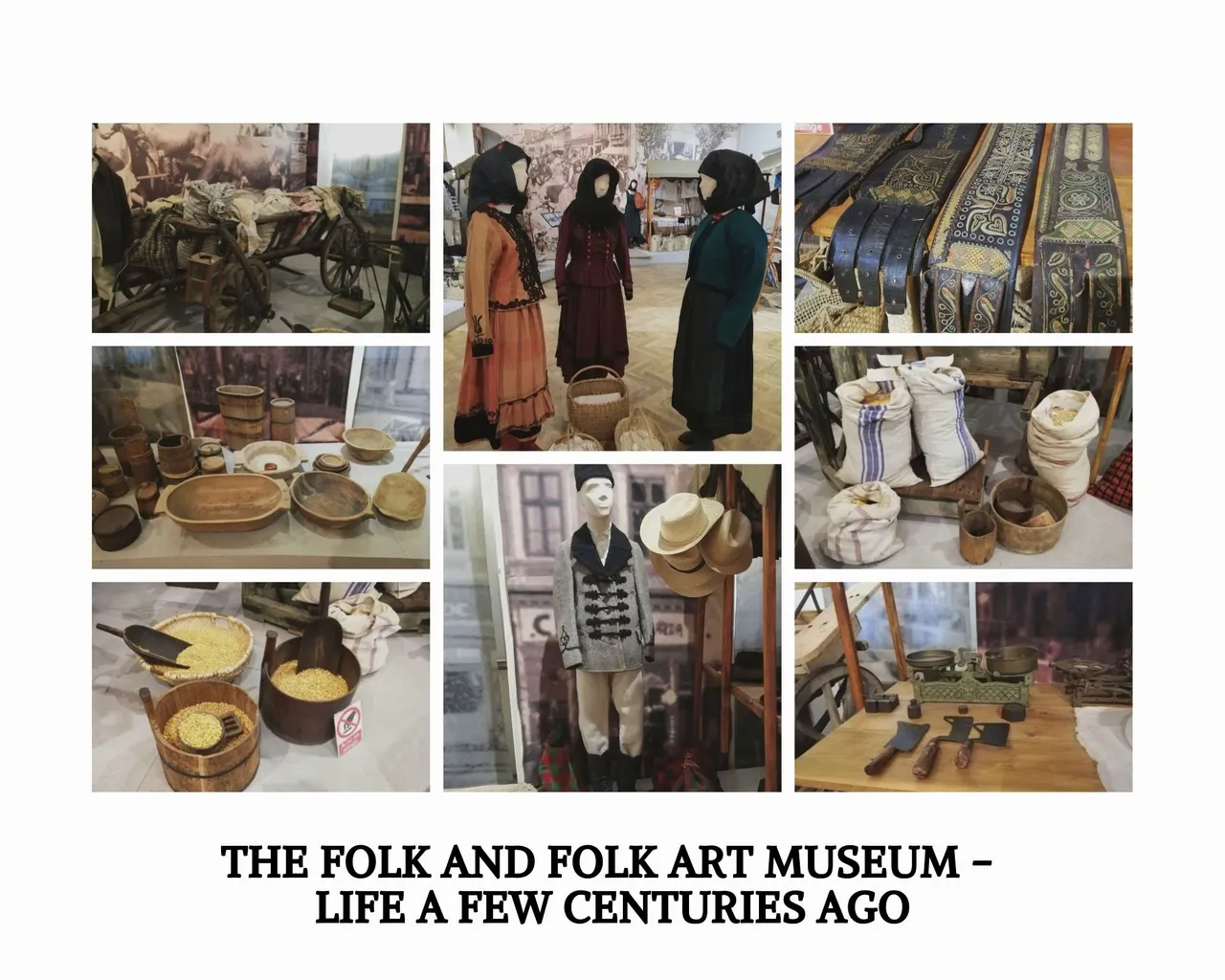
There are different section, based on ethnicity and time as well. The section we're going to see today is how ordinary, village people lived in Transylvania centuries ago.
The majority of the people were mostly self-sufficient, doing the majority of the works themselves. Agriculture, animal husbandry was the main source of income for them.

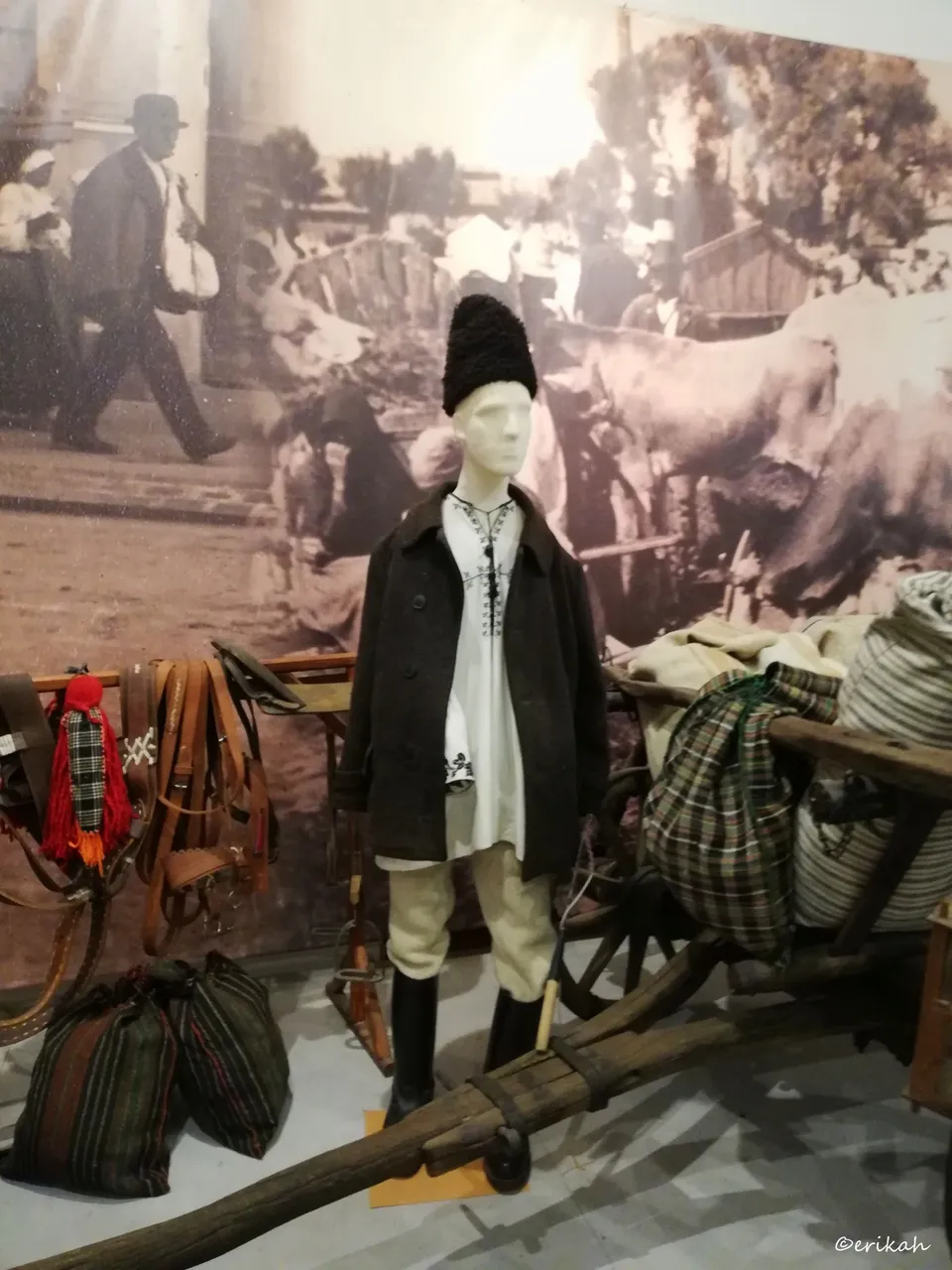
On the photo above you can see a peasant in traditional, homemade clothes standing next to a wooden carriage that was the main means of transport.
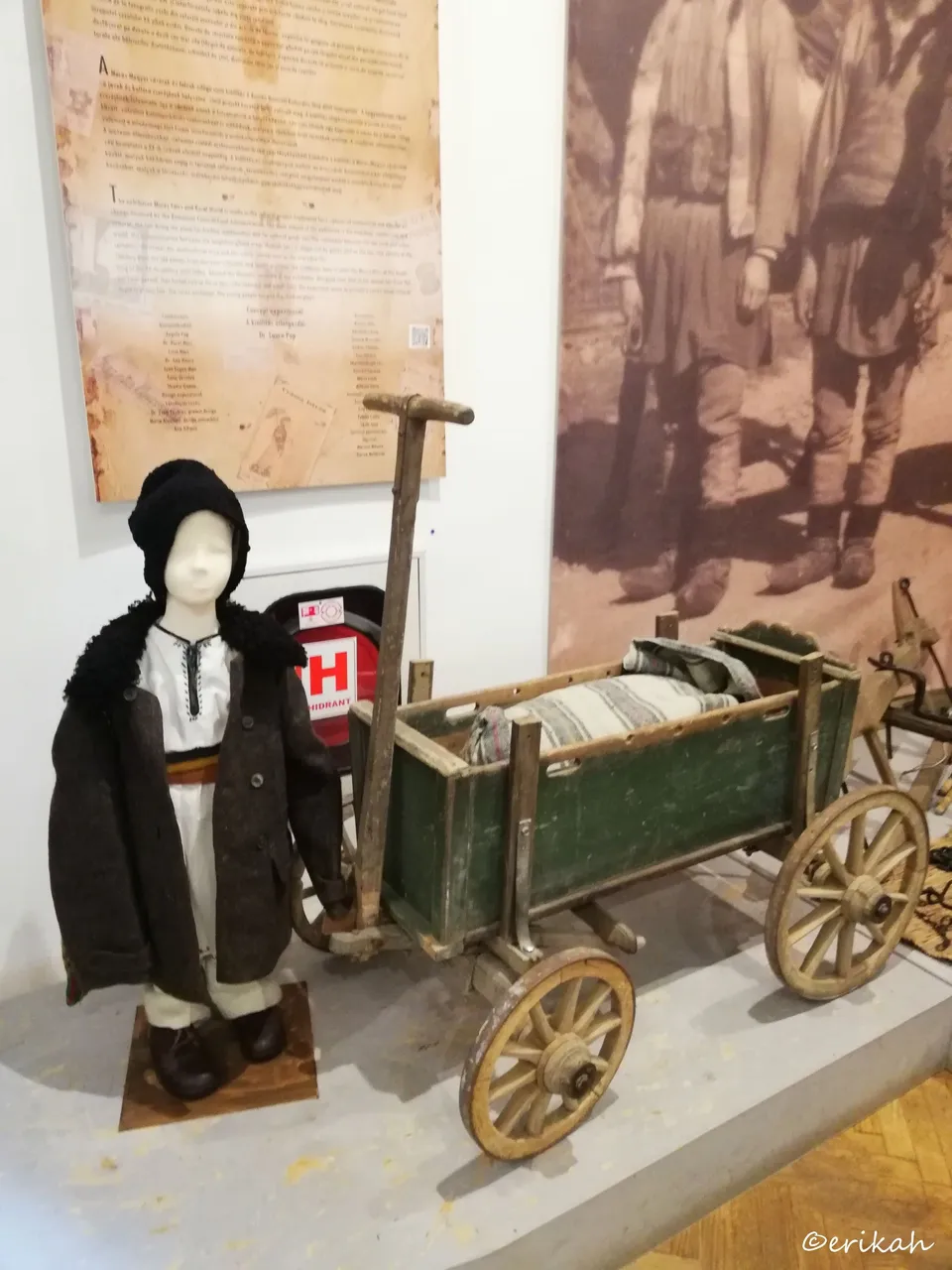
A poor kid, dressed in the same clothes as his father, with a small carriage, made for kids. Life back than was very different, kids had their duties around the house. There were chores for every day and playing was not the main purpose of the day. He most likely carrying a bag of grain or flour from the mill, essential for putting food on the table.
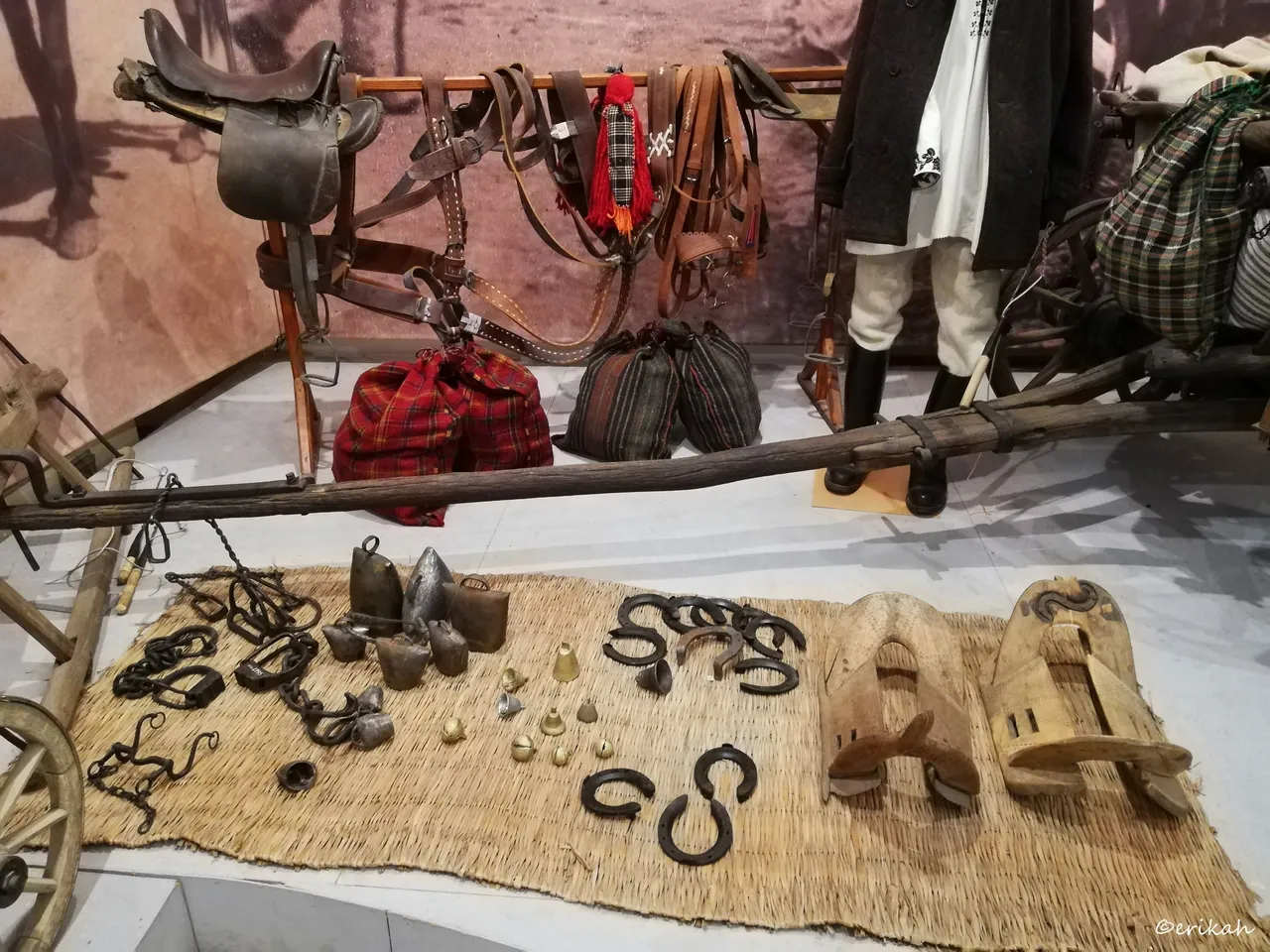
Supplies, things they needed for the horses and carriages. Horse shoe, harness, saddle and woven bags.
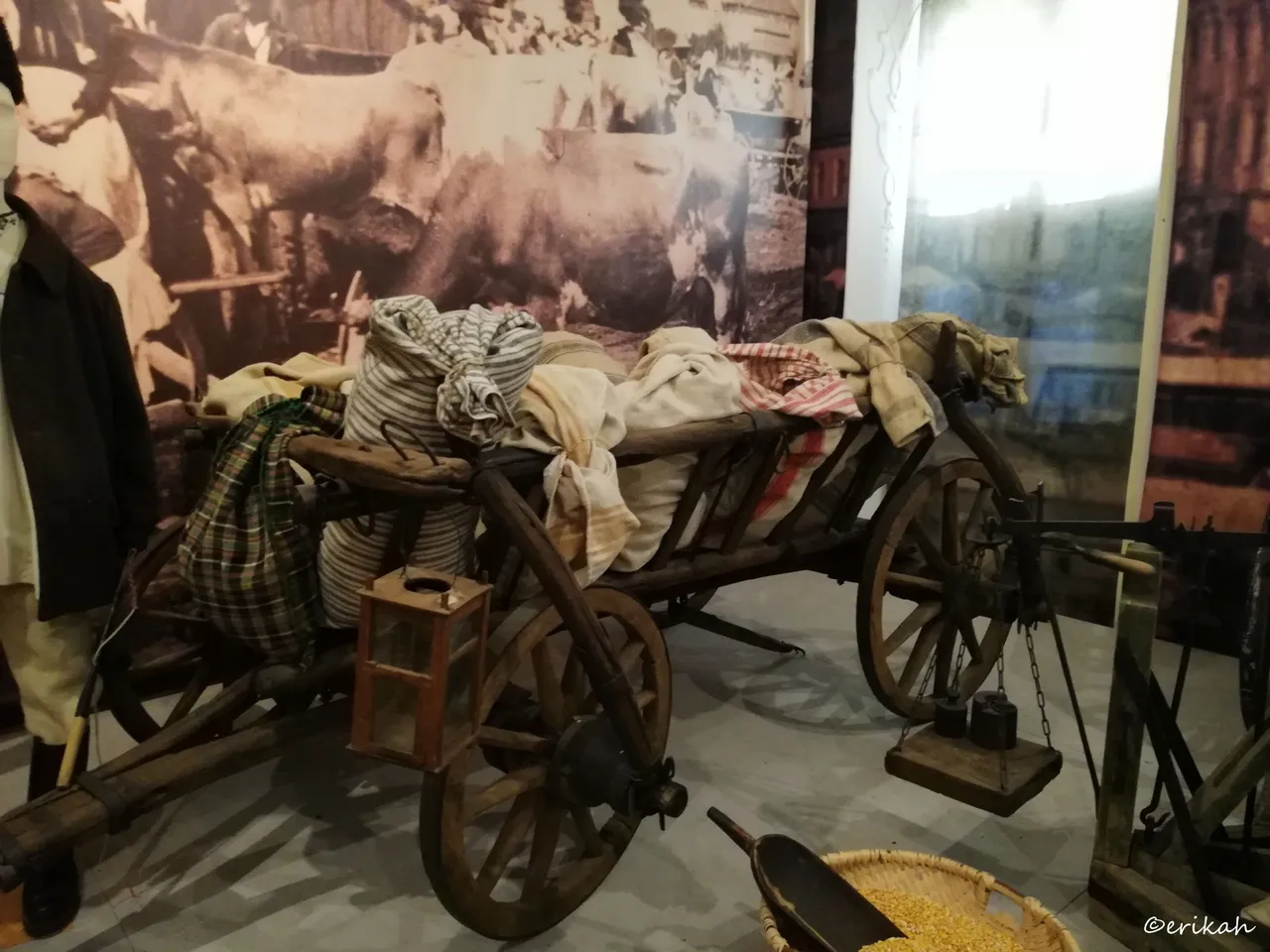
The wooden carriage that was pulled by a horses, packed with woven bags. On the side there's the petroleum lamp, also very common those days.

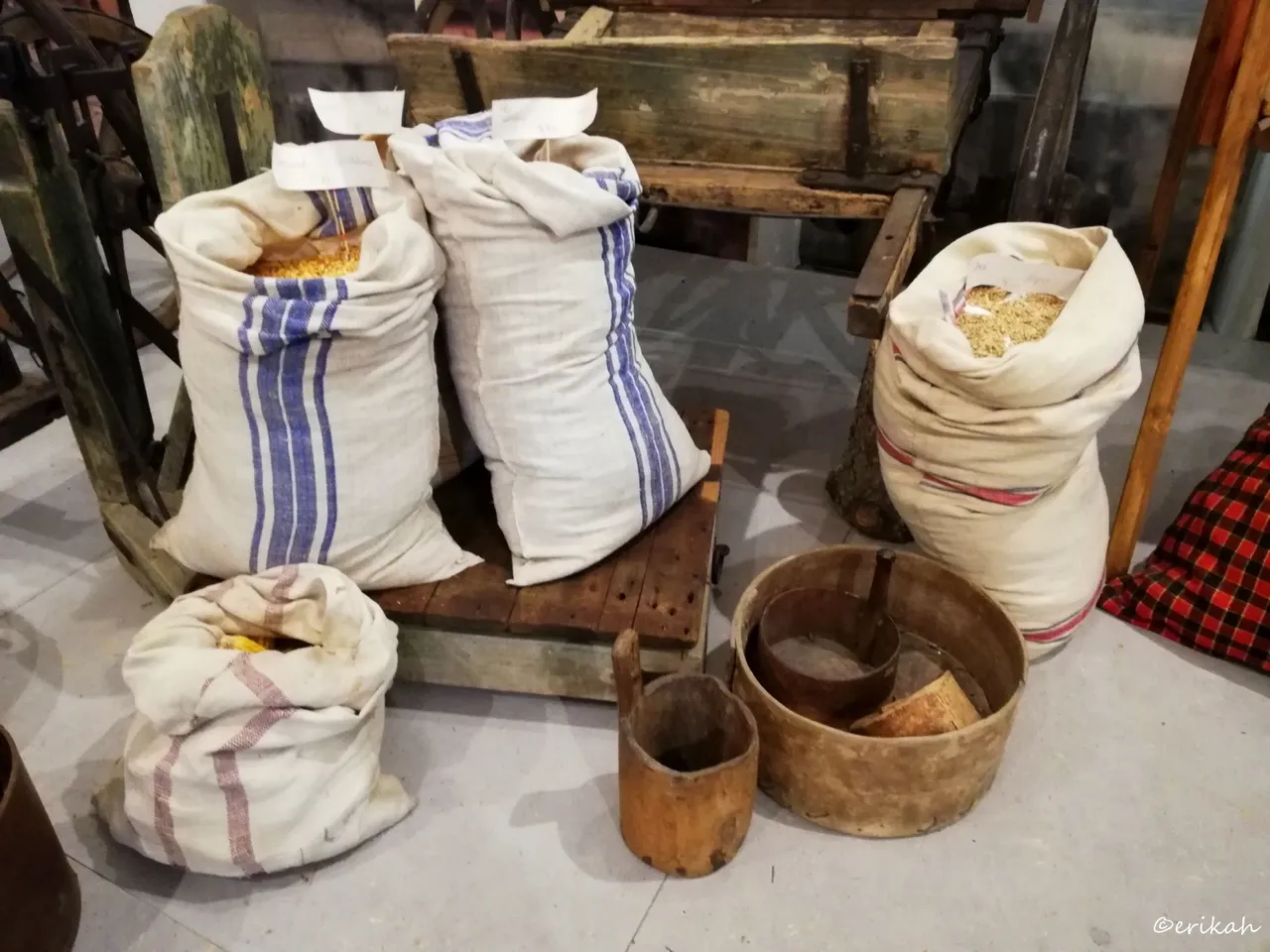
Corn was has been considered staple food in this region. Corn has been used to make polenta that was the bread of poor and also has been necessary as forage for the animals. Those handmade wooden buckets served also to measure the grain. The mat basket was and still is common in villages.

A wooden chariot, a very basic one, for every day use for the poor.
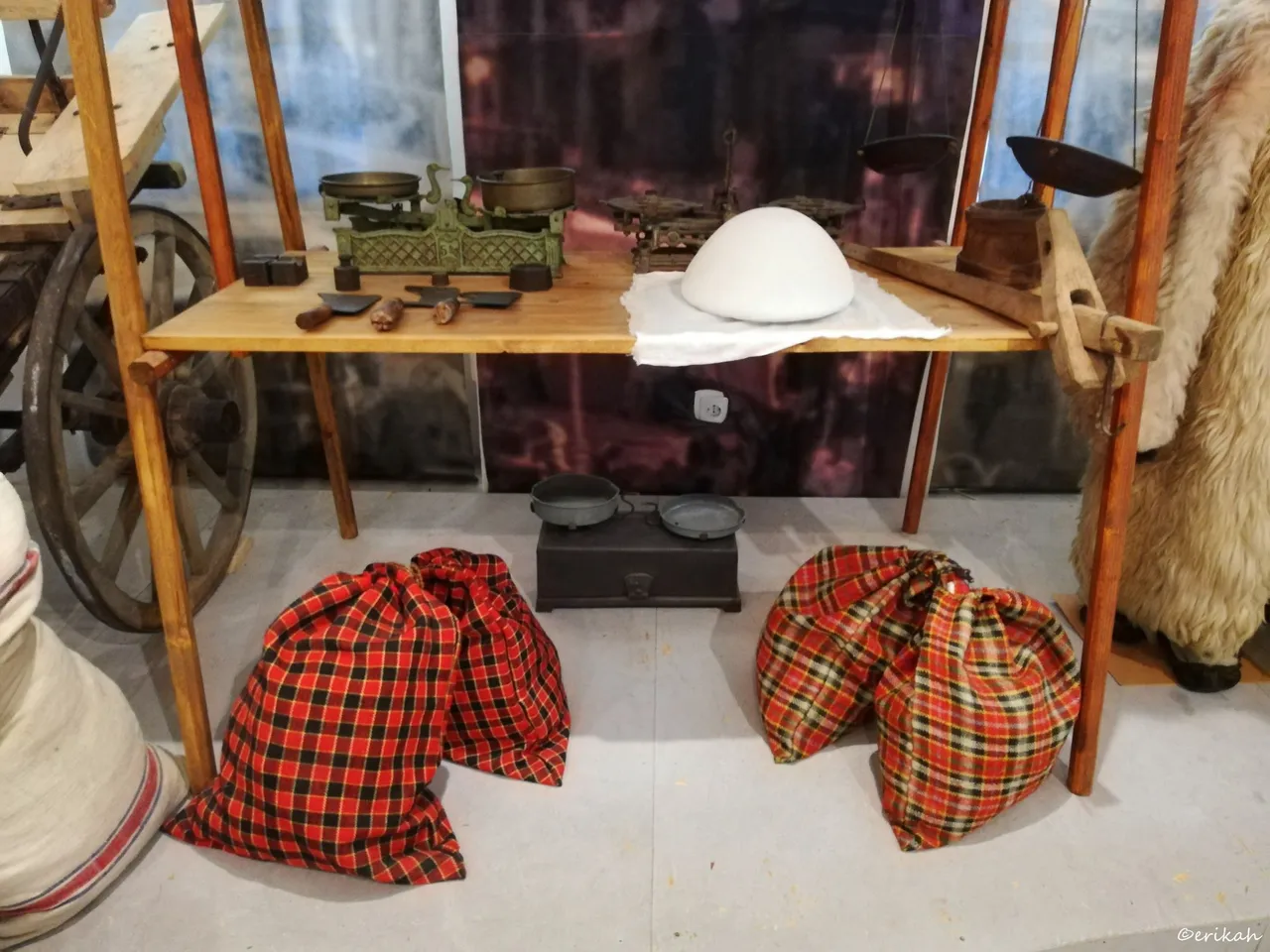
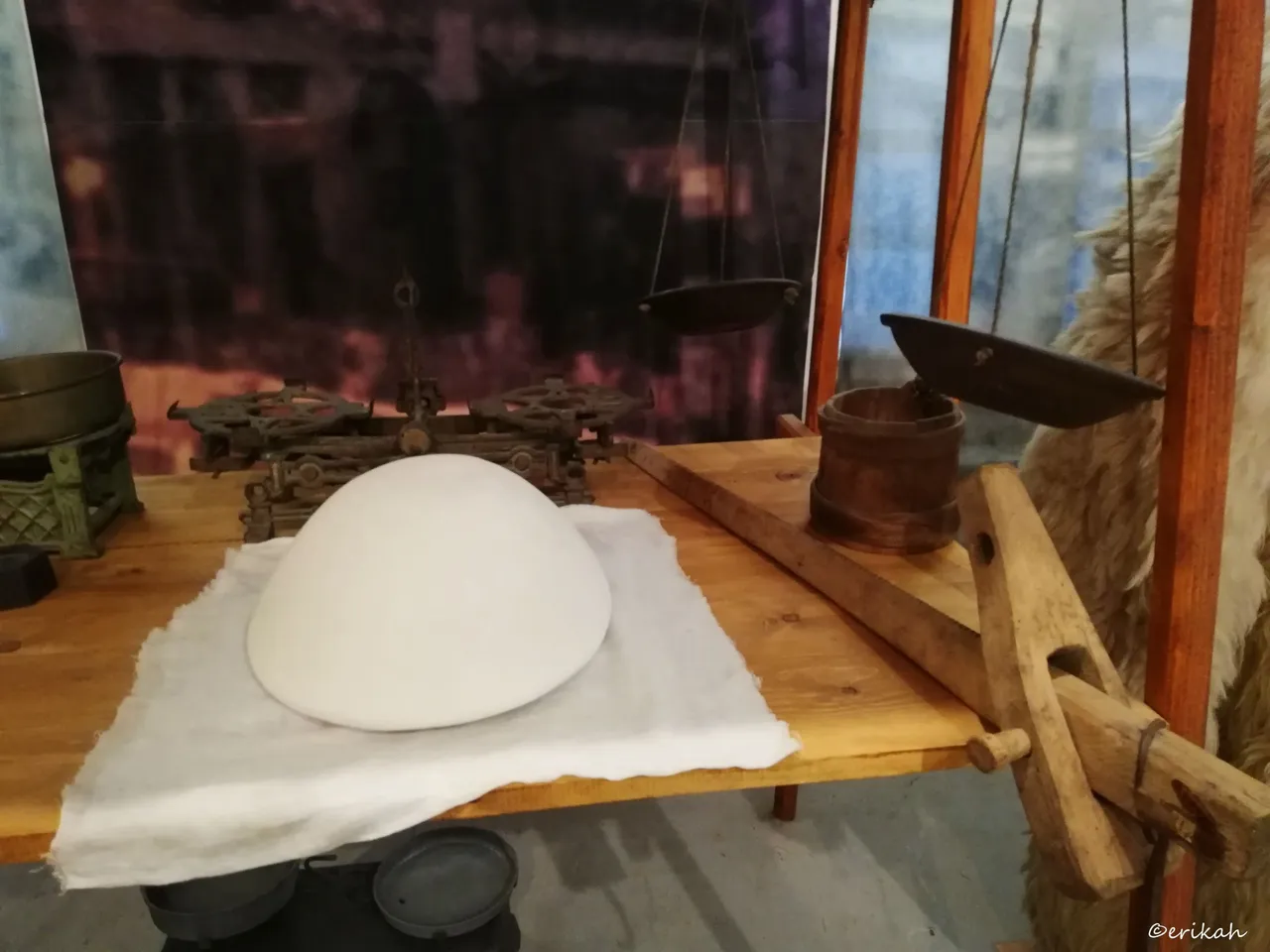
A market scene, with a few bags women were going to the market to, carrying whatever they needed to take to the market. A few old scales (I still have one of those at my grandmother's house) and a big piece of cheese. Cheese is also very common in Romania as there are sheep and cow in every village.
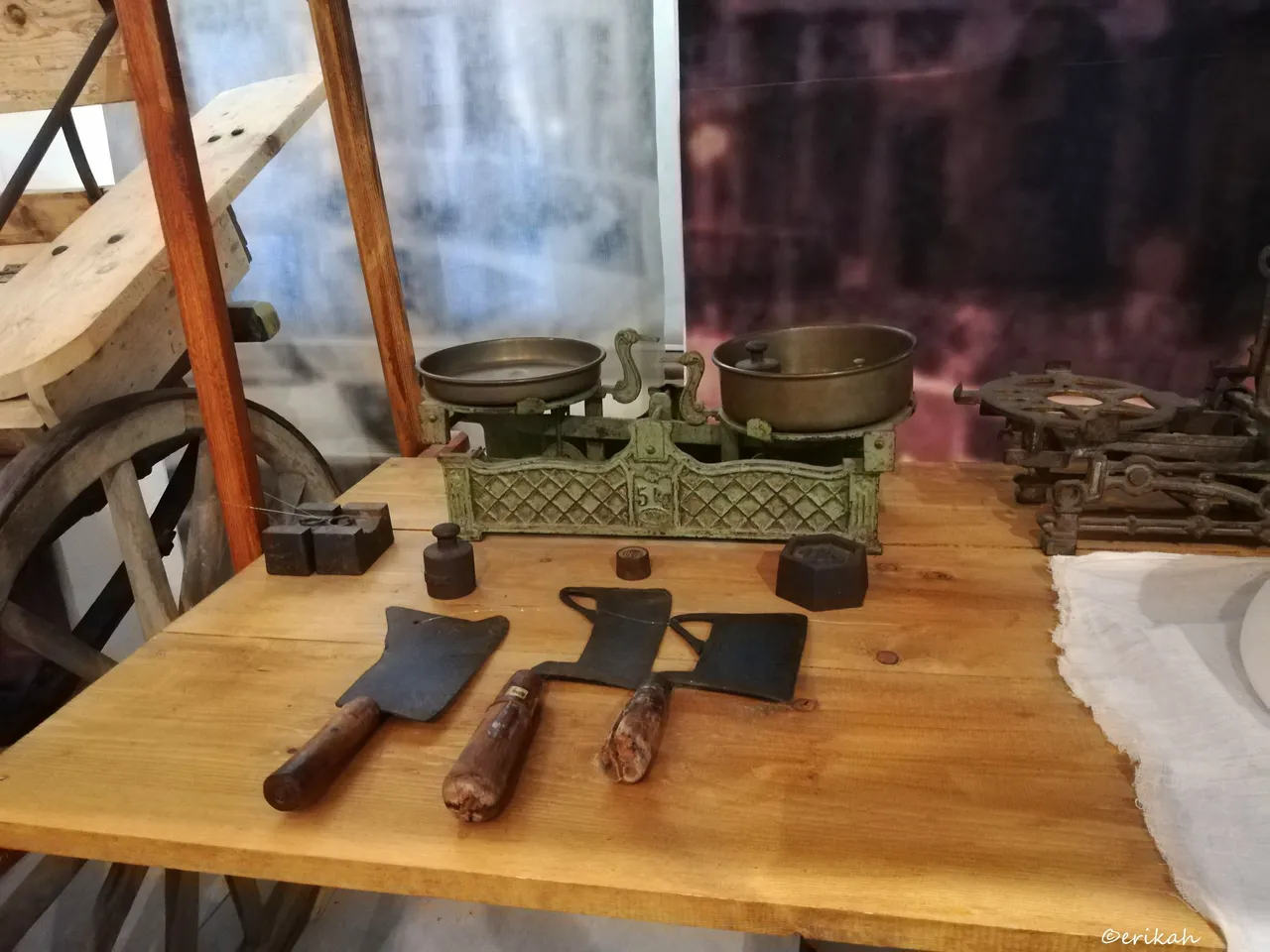
Some old tools, probably for cutting cheese among other things.
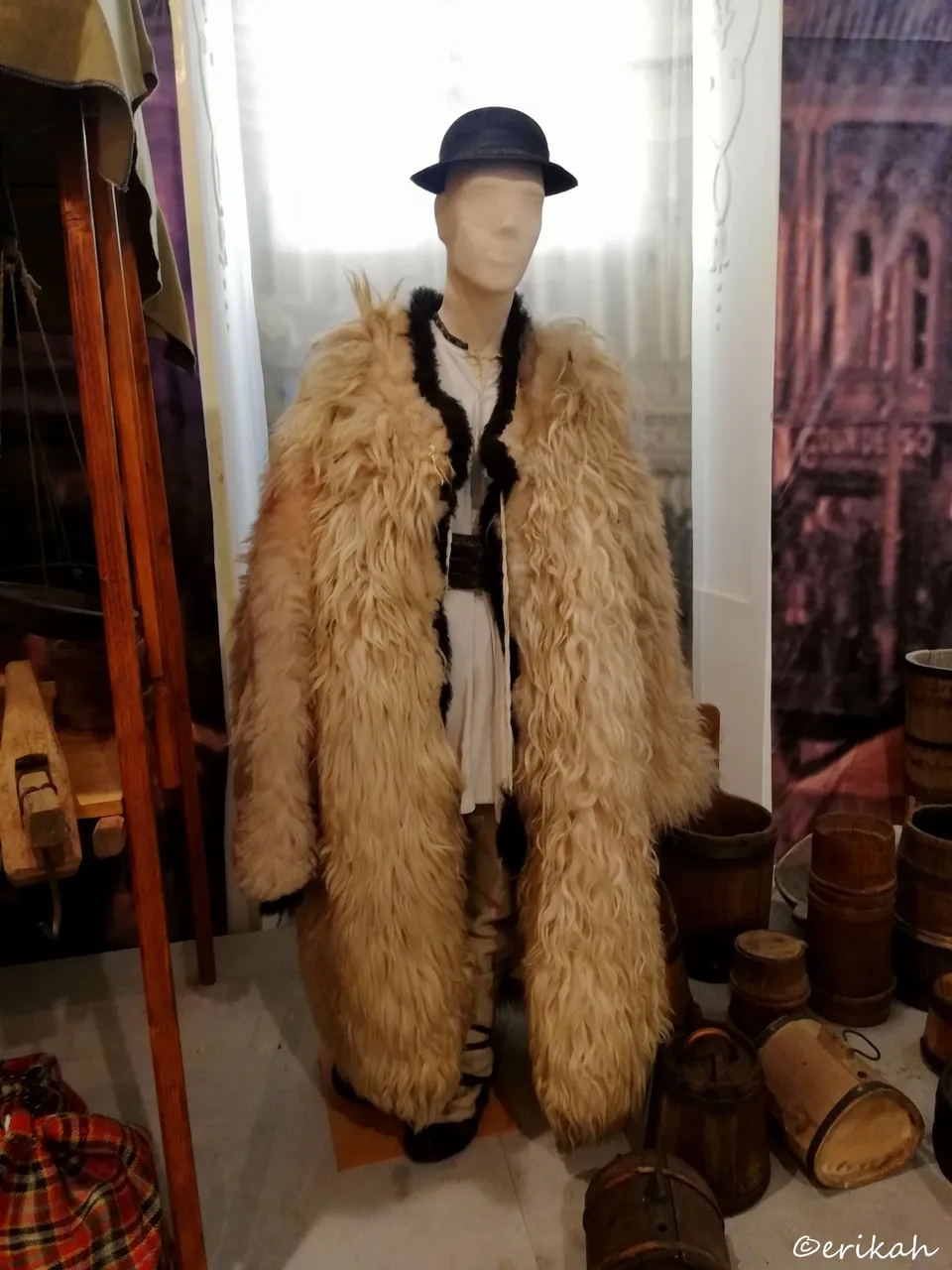
This is how a proper shepherd looked like back in those days. It was made of sheep skin to keep cold.

Handmade wooden vessels needed in the process of making cheese.
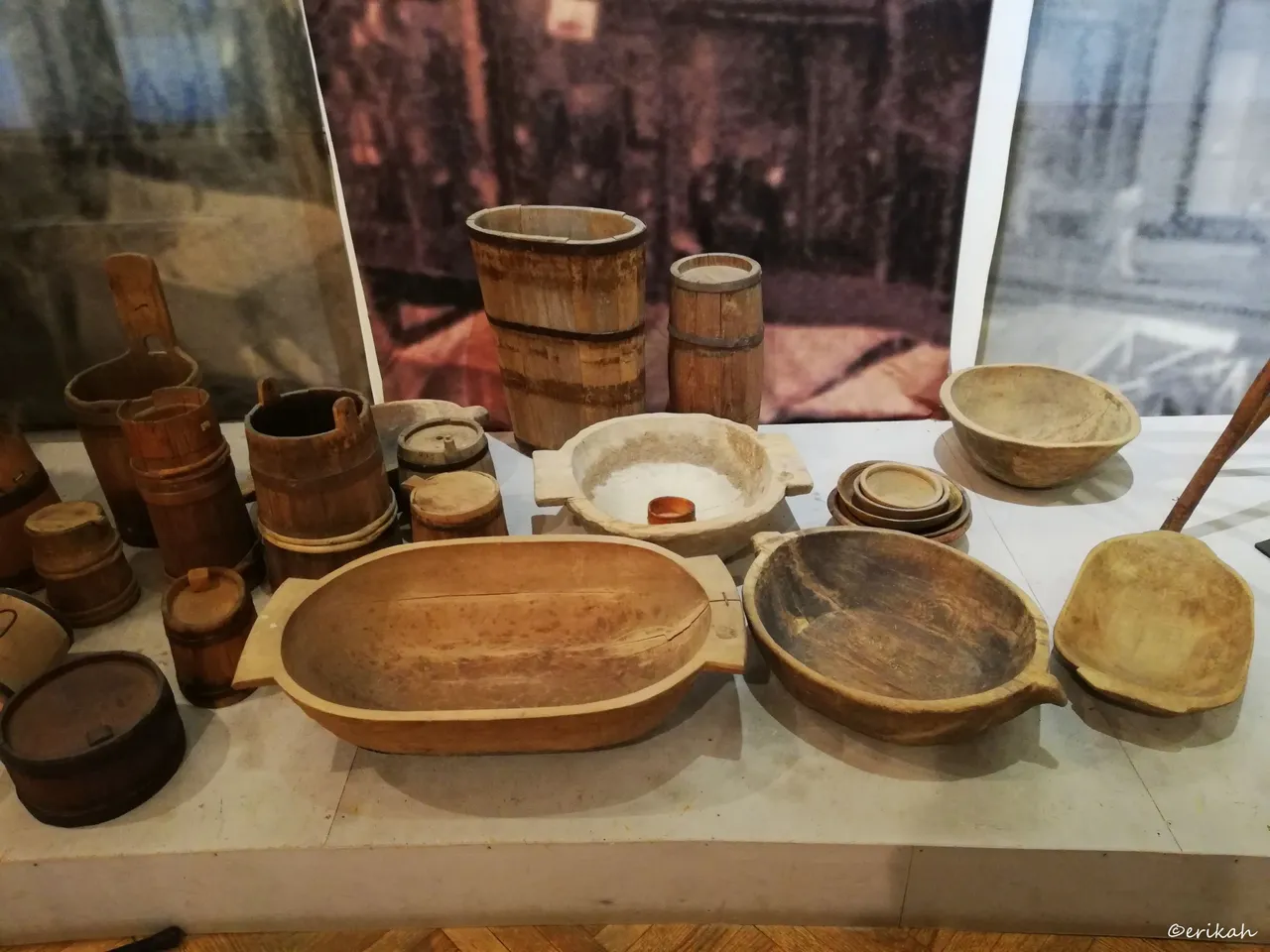
More wooden vessels used in the kitchen. Wood was the only available those days for the poor.
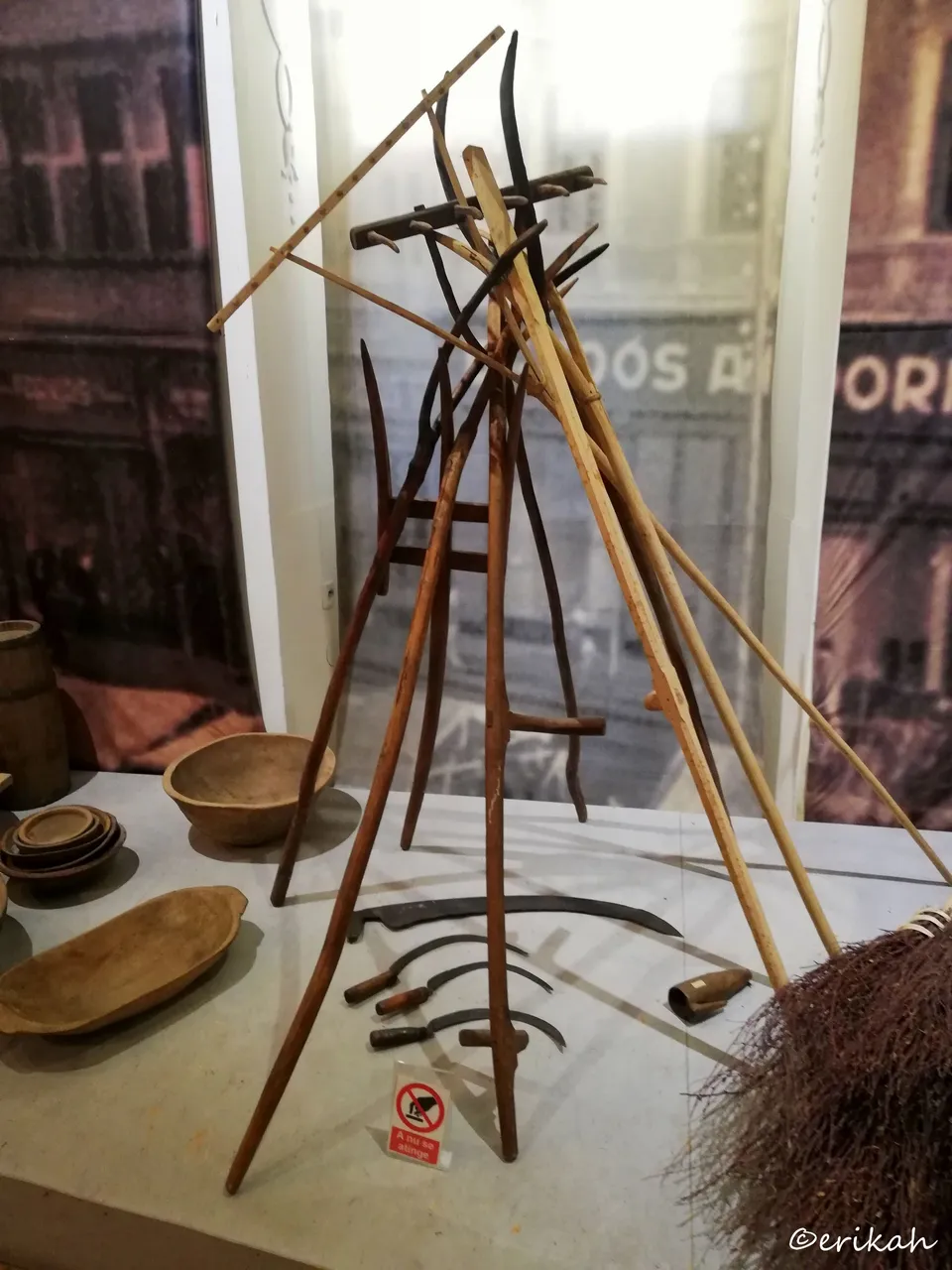
Different wooden tools used in the household
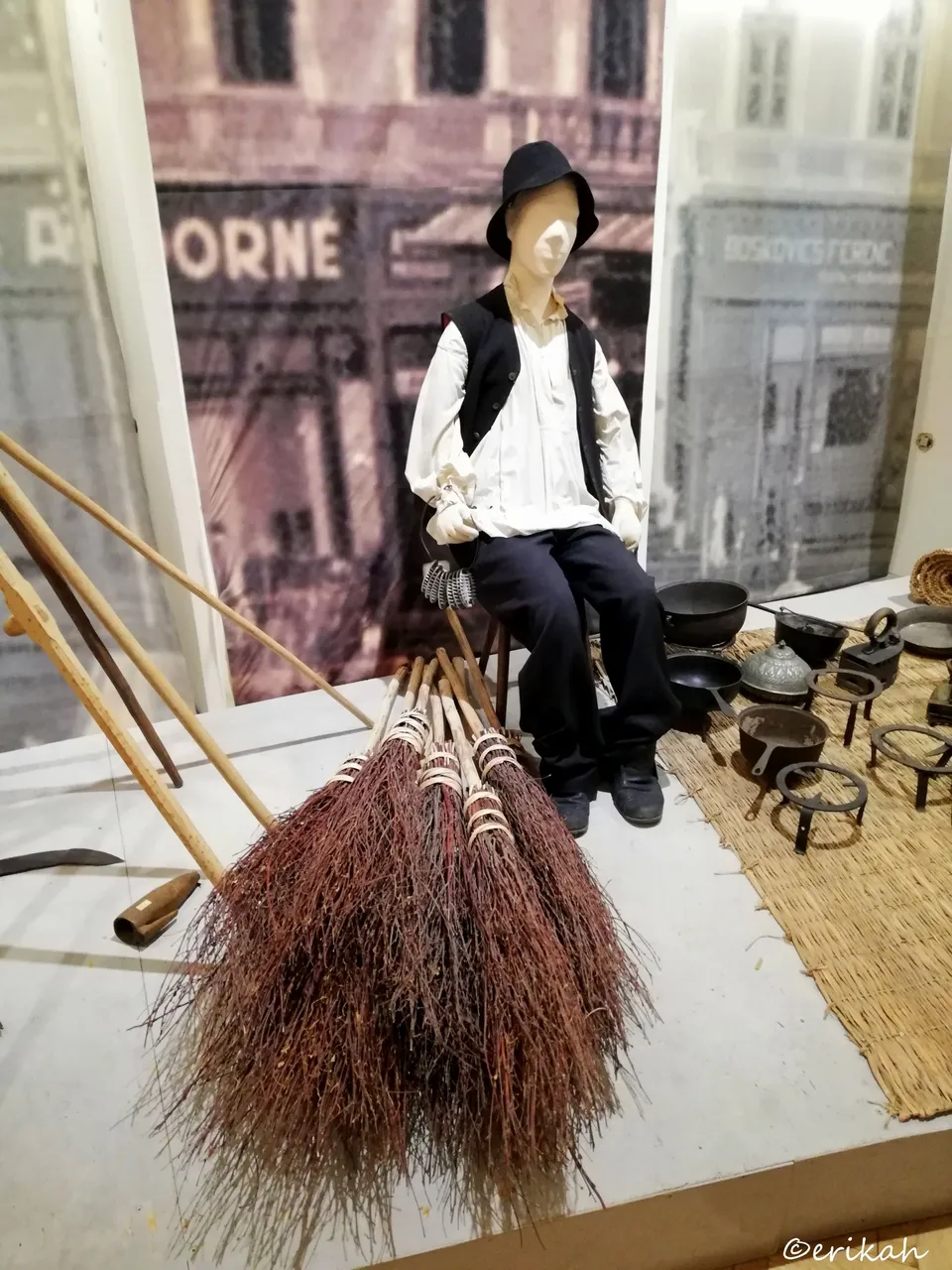
A man at the market, selling brooms. These brooms are also still common, made of branches.
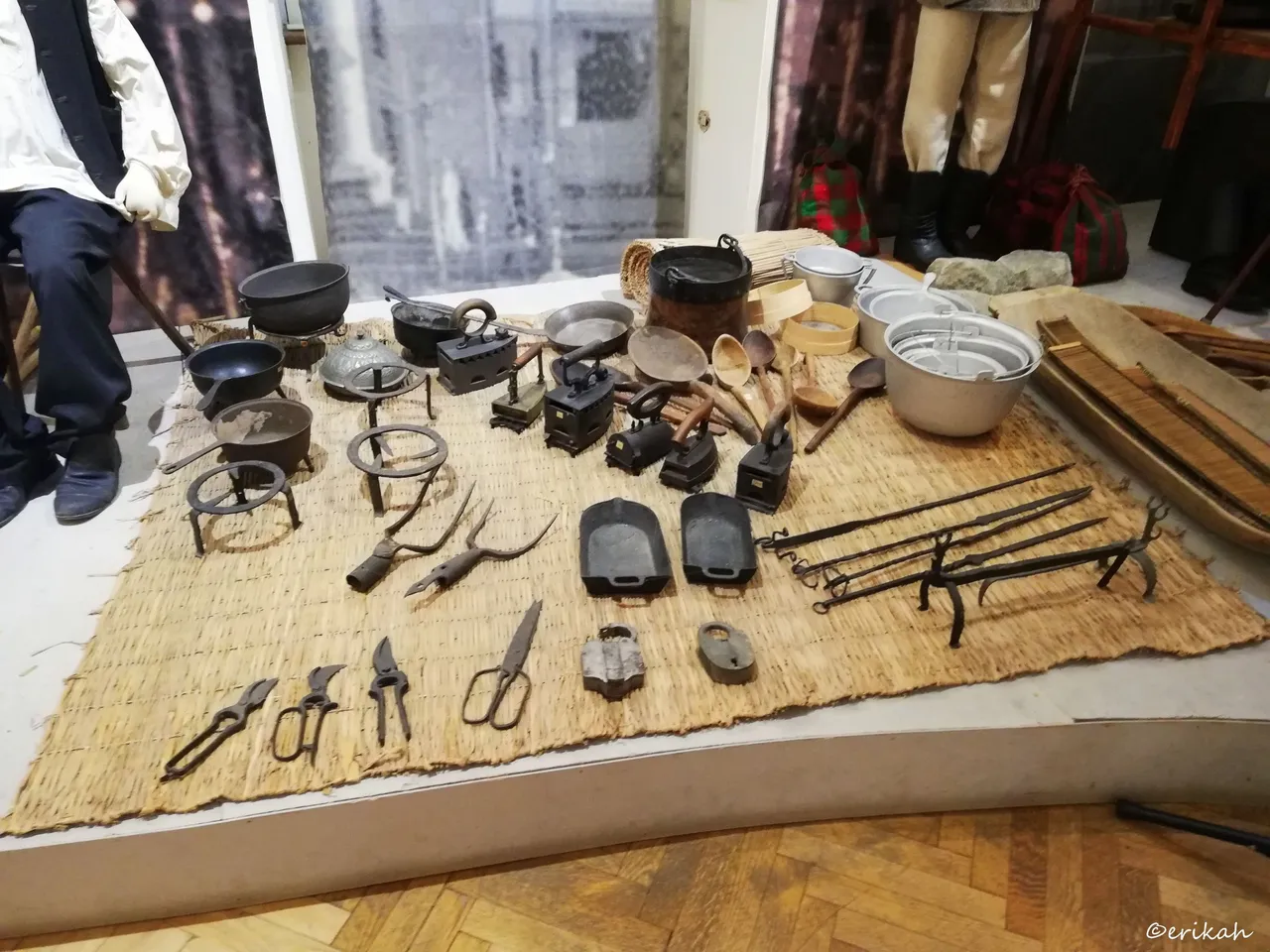
Tools and vessels on a bulrush mat. Pay attention to those irons :) I'm glad I have never had to use those, it would have bee terrible. Imagine using coal to heat them, or put it on the stove. Must have been terrible.
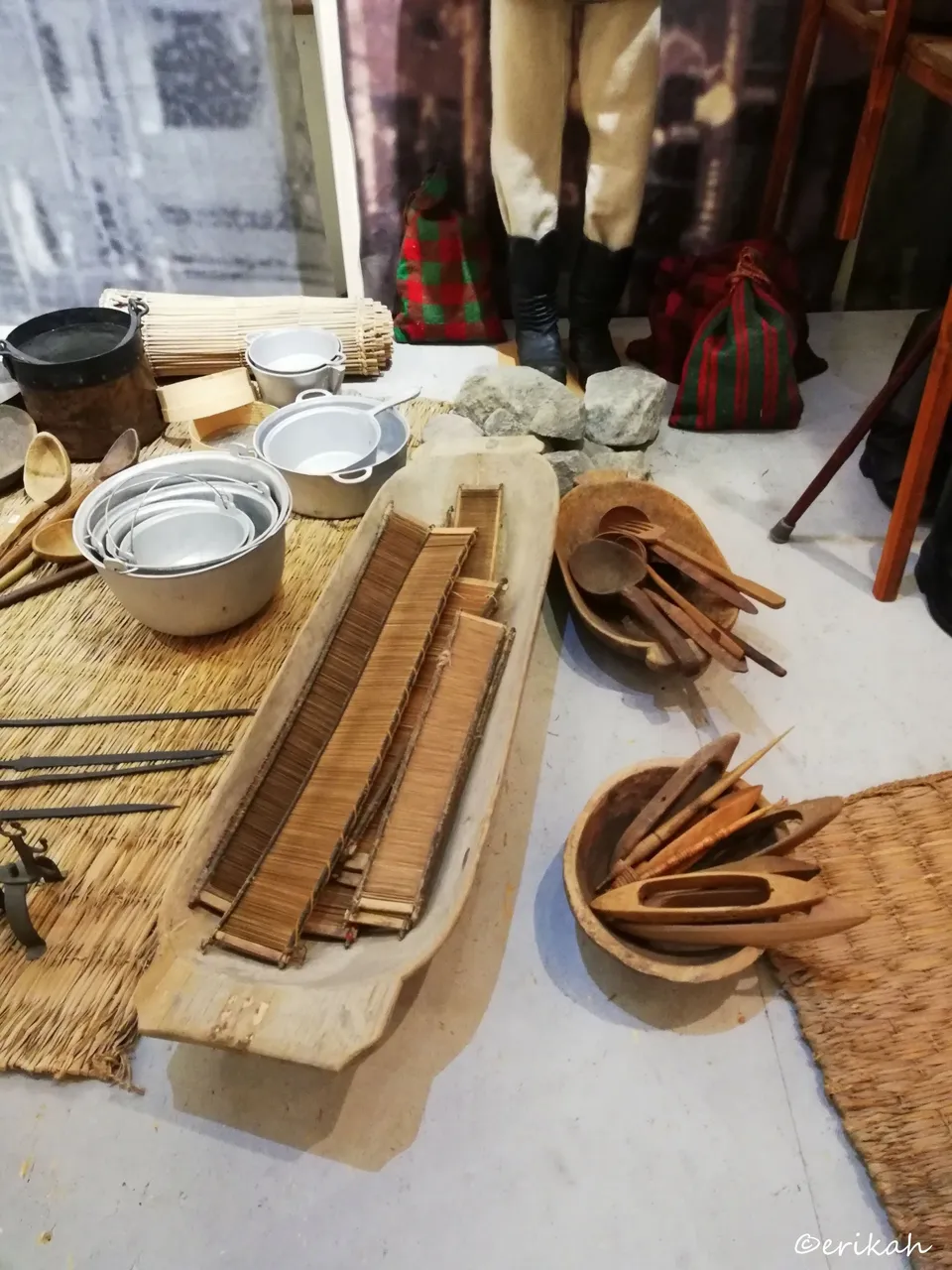
This was a bit of a riddle for me. I can see wooden spoons, forks, and those oval tools must have been used for weaving.

This is my favorite scene. Three women at the market, selling eggs and having a chat.

This is a traditional Hungarian wear for men.

Another market scene, with straw hats that were used during summer by both men and women, leather boots, scarfs, which was and still is a must for old village women. Back in those days married woman had to wear head scarf. Those round hats are specific to certain regions.
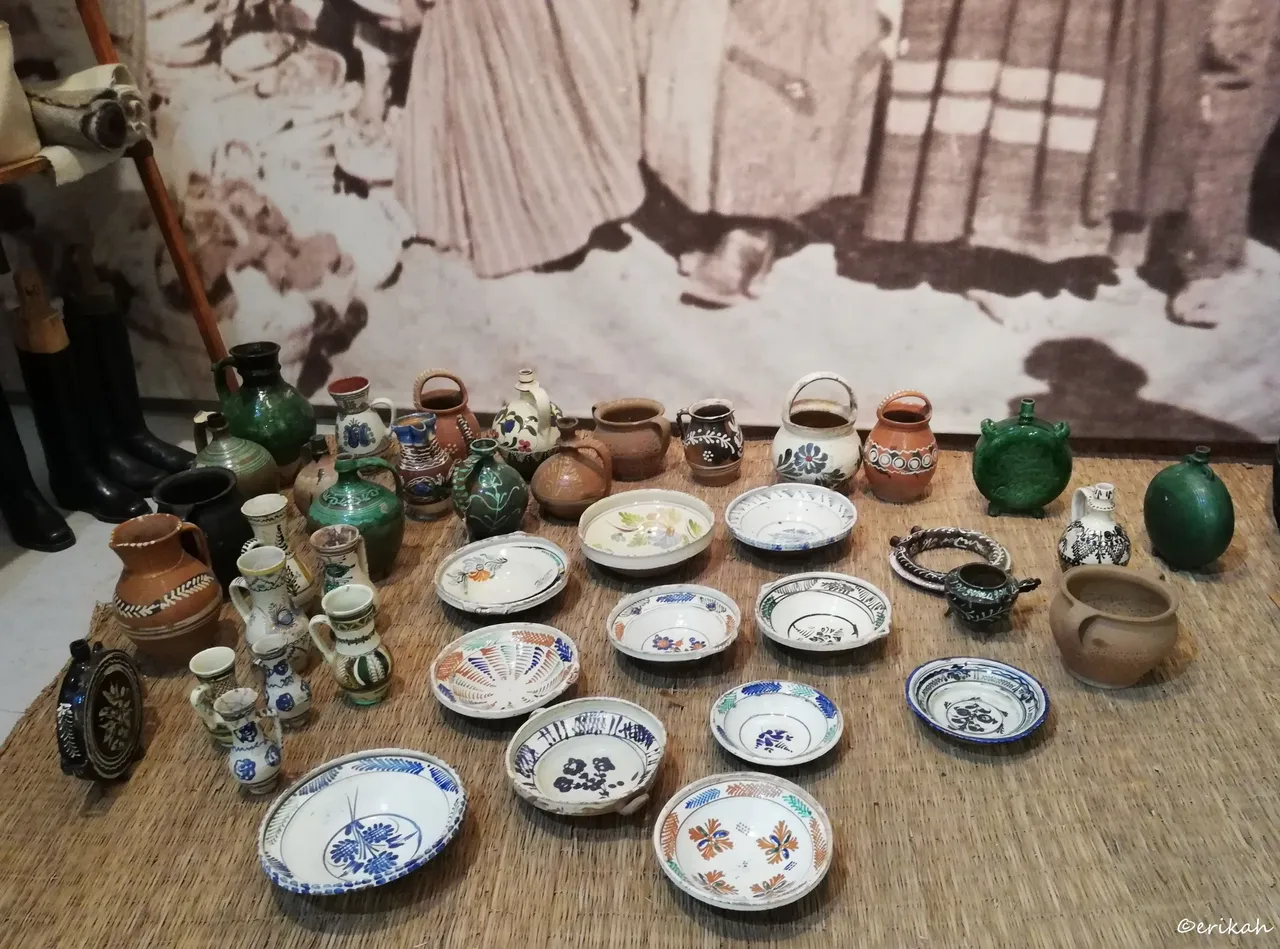
Handmade, hand painted earthenware, also very common in those days as there was nothing else available. Porcelain was only for the nobles.
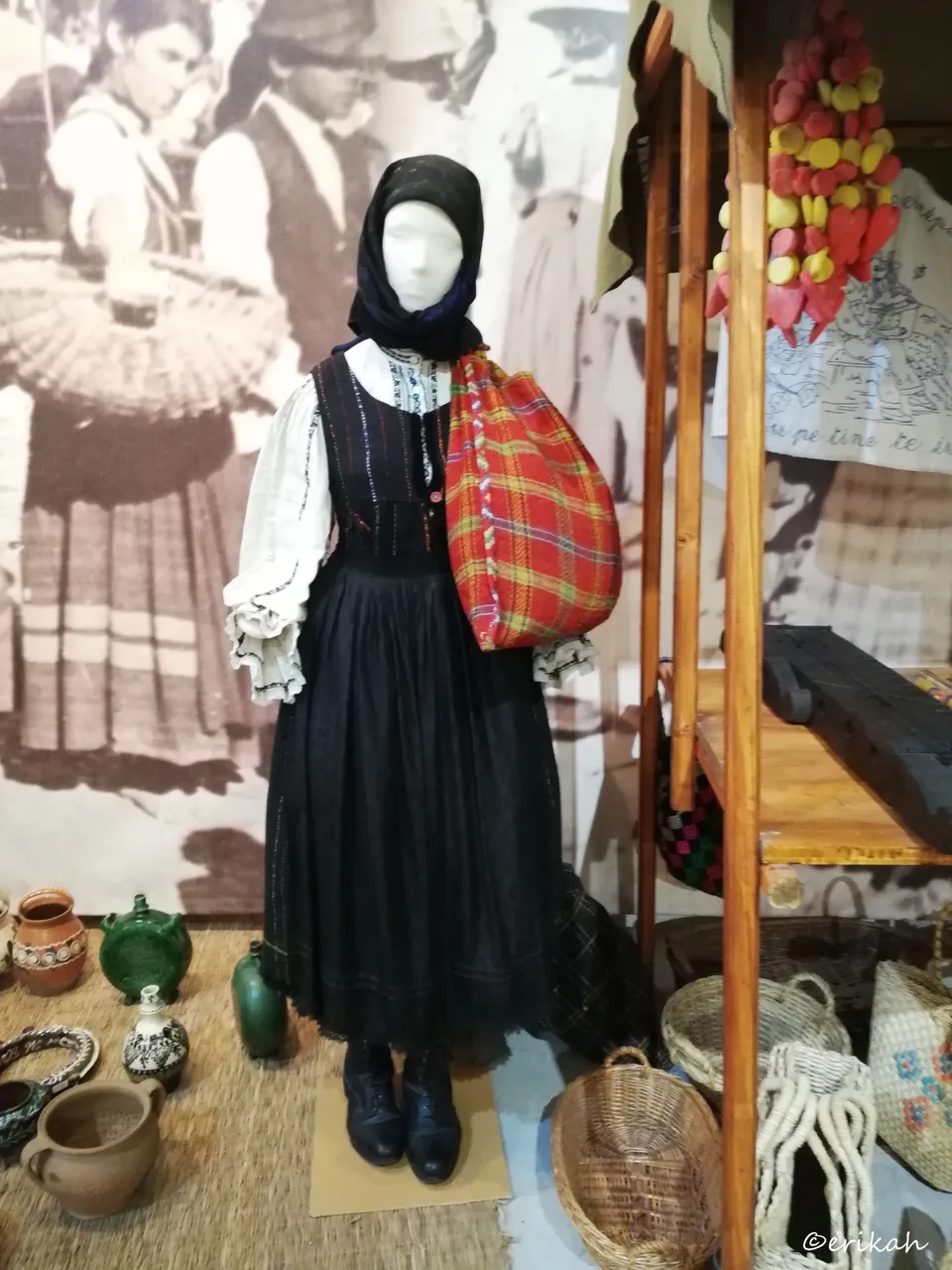
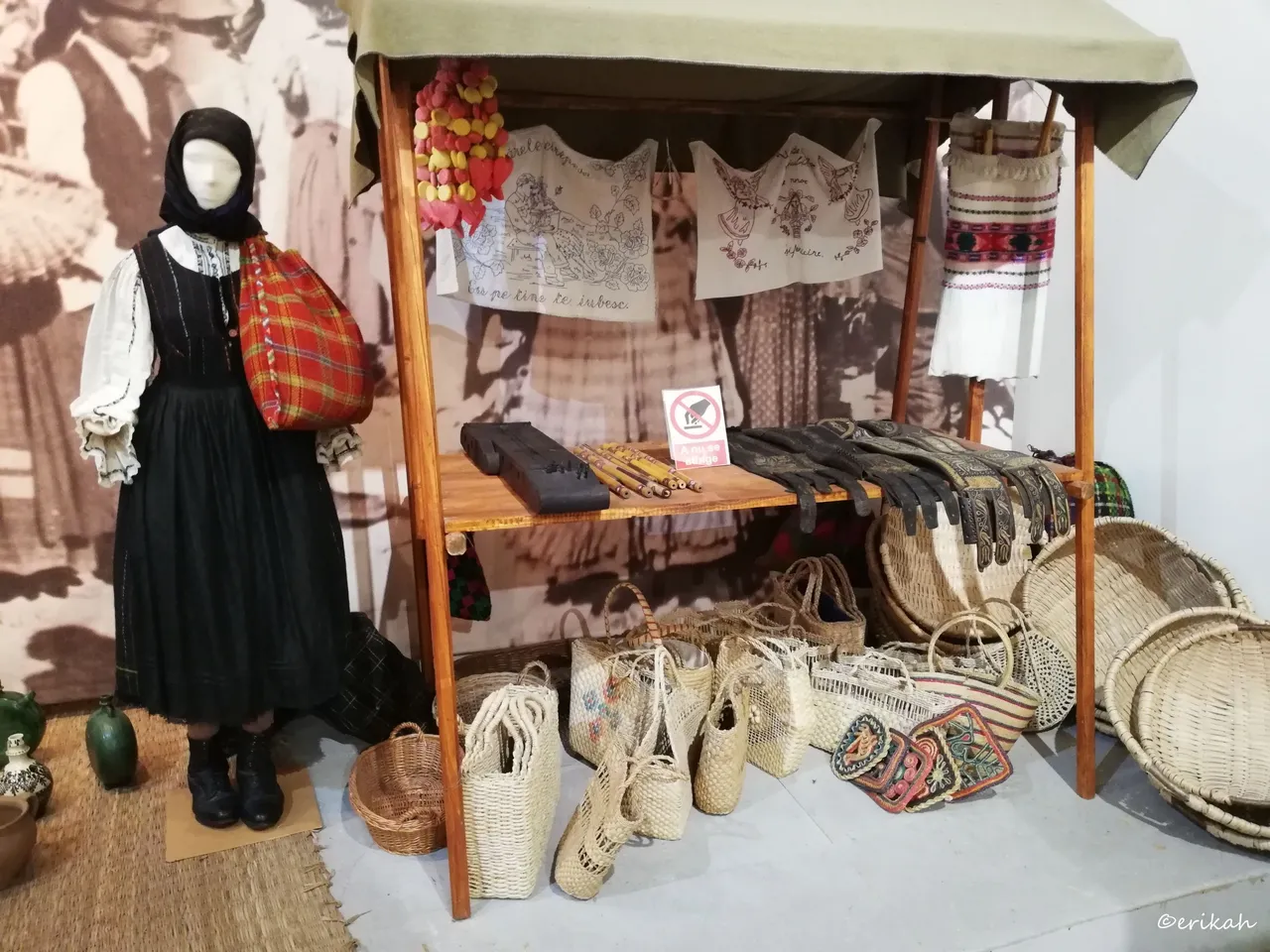
A woman in traditions Romanian clothes selling straw baskets, frail baskets, different handmade and hand embroidered cloths, leather belts and wooden flutes.
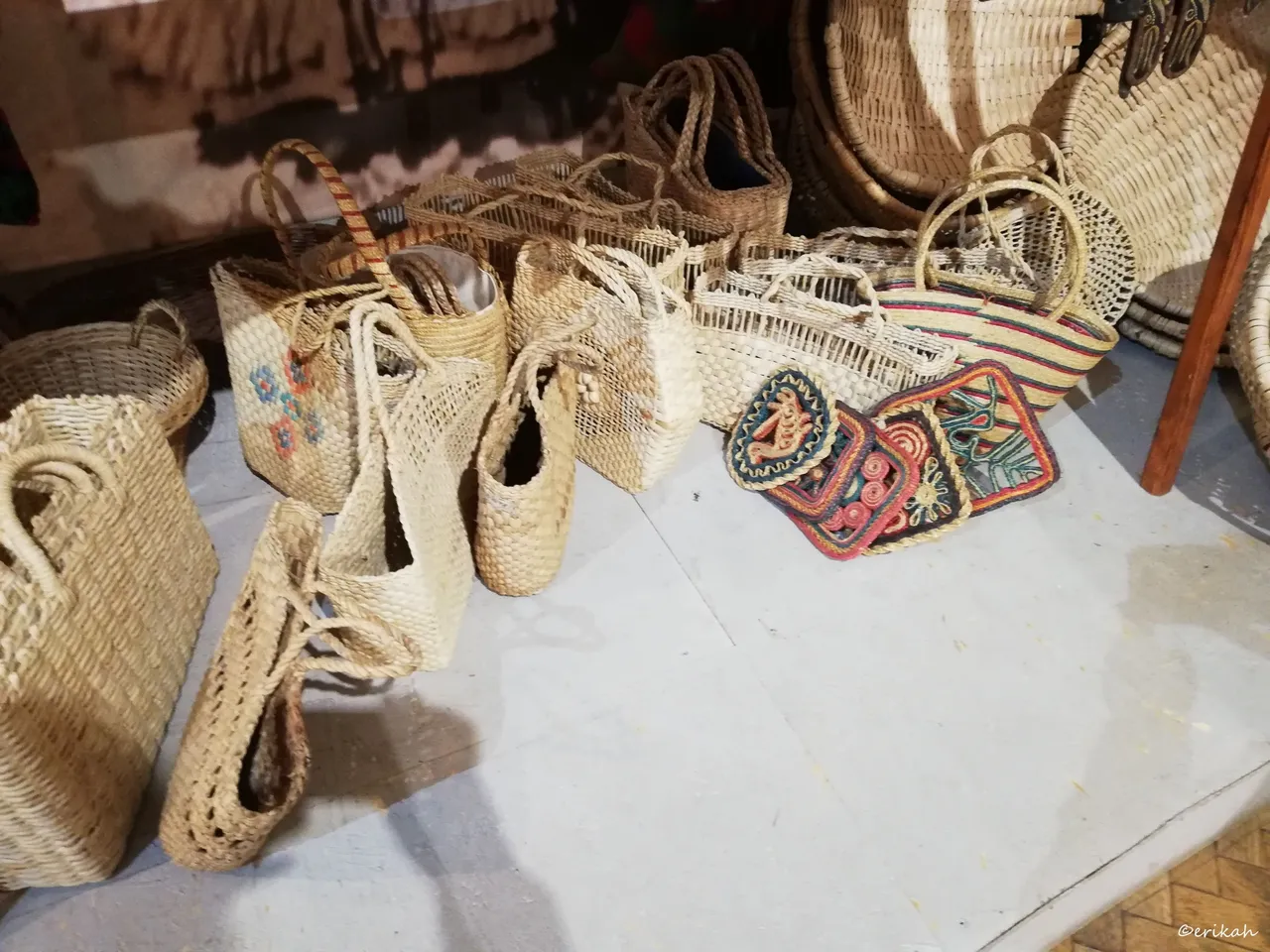
You can still buy these baskets and coasters at the craft market. Foreigners love them a lot.
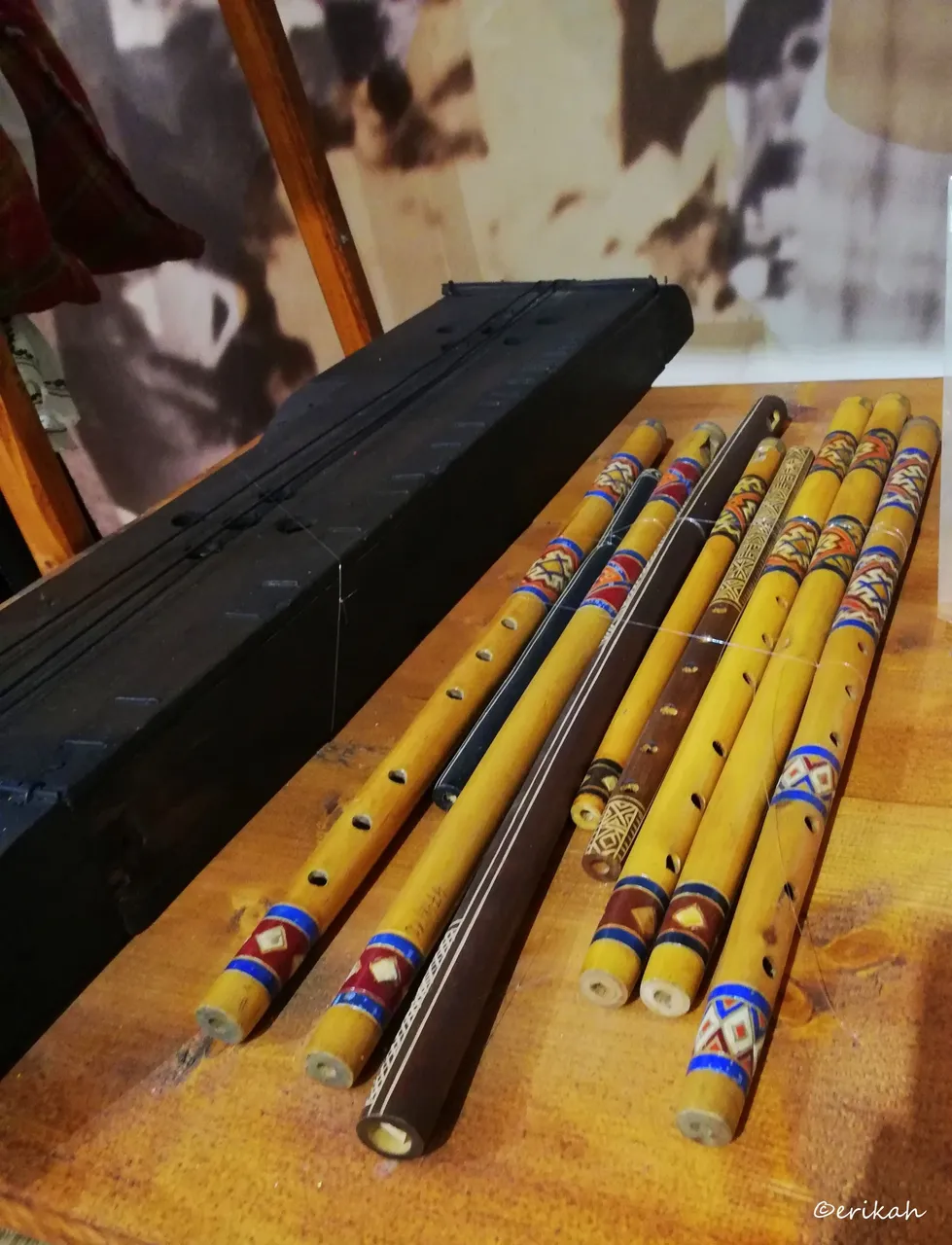
Wooden flutes were one of the musical instruments for the poor. What you see here are not handmade, the original ones were not this nice. Shepherds and kids as well were using it to pass time and to entertain others as well.
The black wooden box next to the flutes is also a musical instrument, called Zither.

The decorated or embroidered leather belt is an important piece of the traditional Romanian folk wear. Shepherds are still wearing it today in some parts of the country.
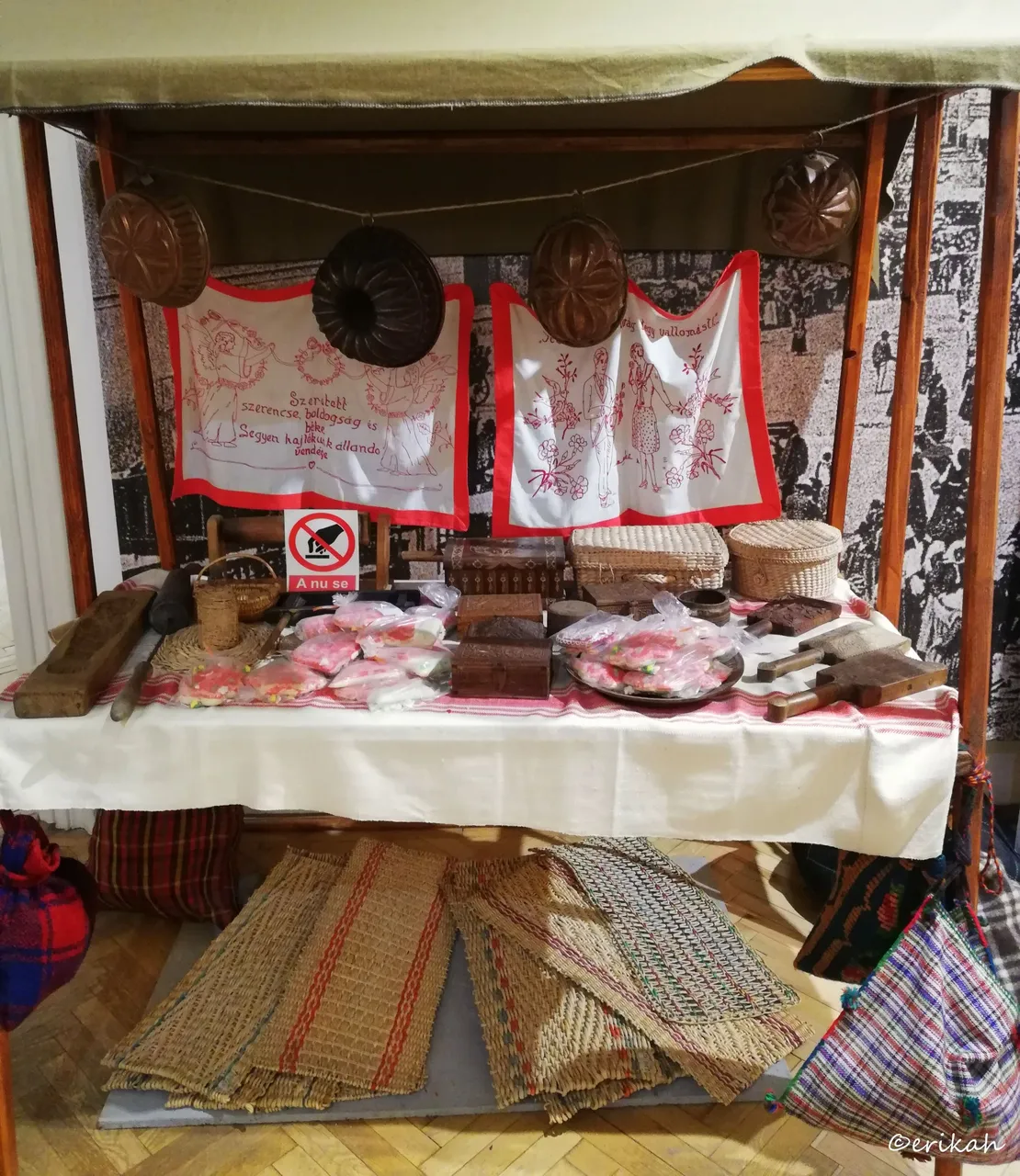
Another market scene with a lot of goodies. Under the table you can see a lot of frail doormats.
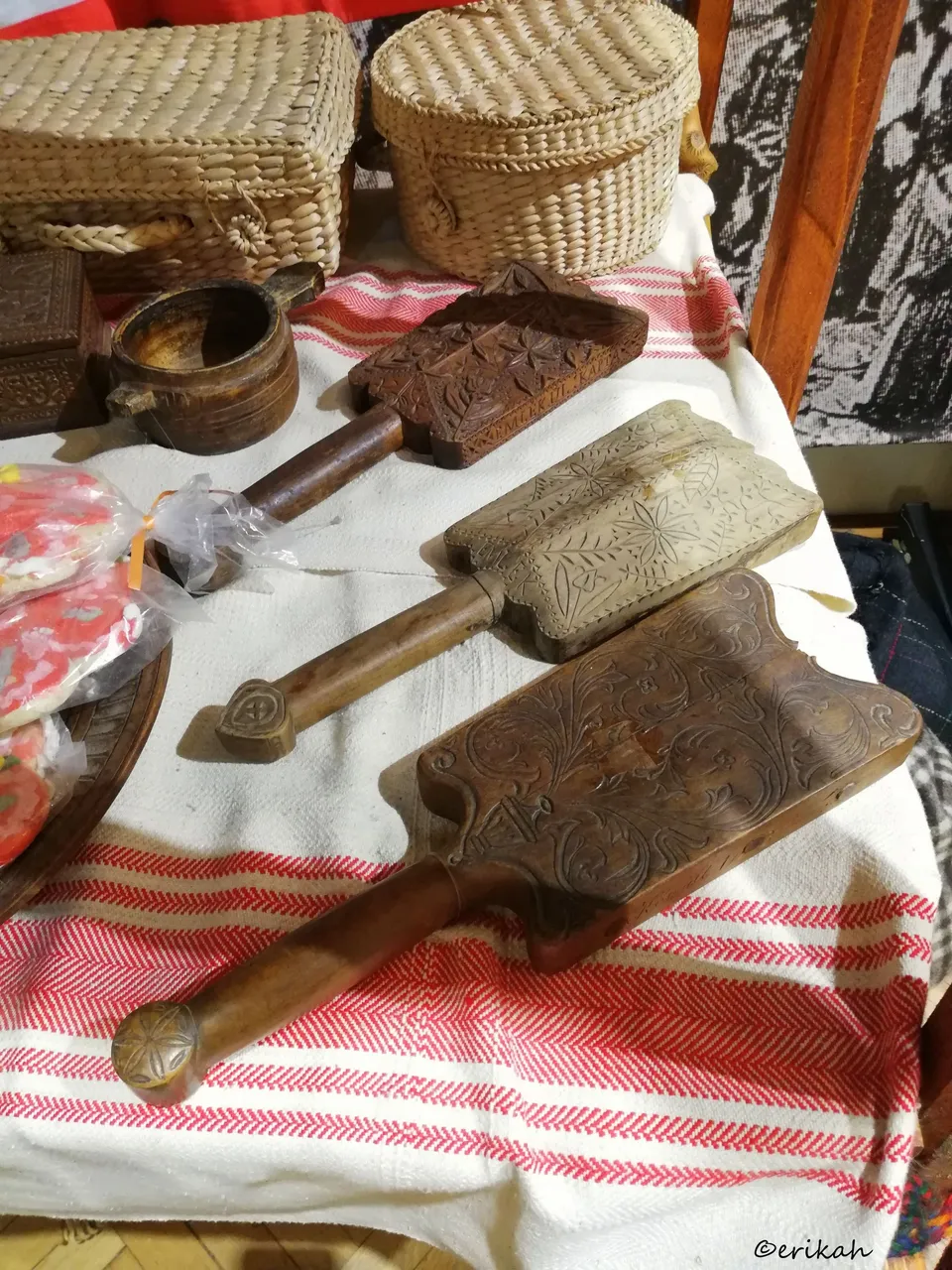
I bet you have no idea what these handmade, wooden carved tools are for. These tools were used for washing clothes, no matter how strange it sounds. The clothes were first soaked into water, then soap was used, then came this tool. Basically the clothes were beaten with these wooden tools. No washing machines those days :)
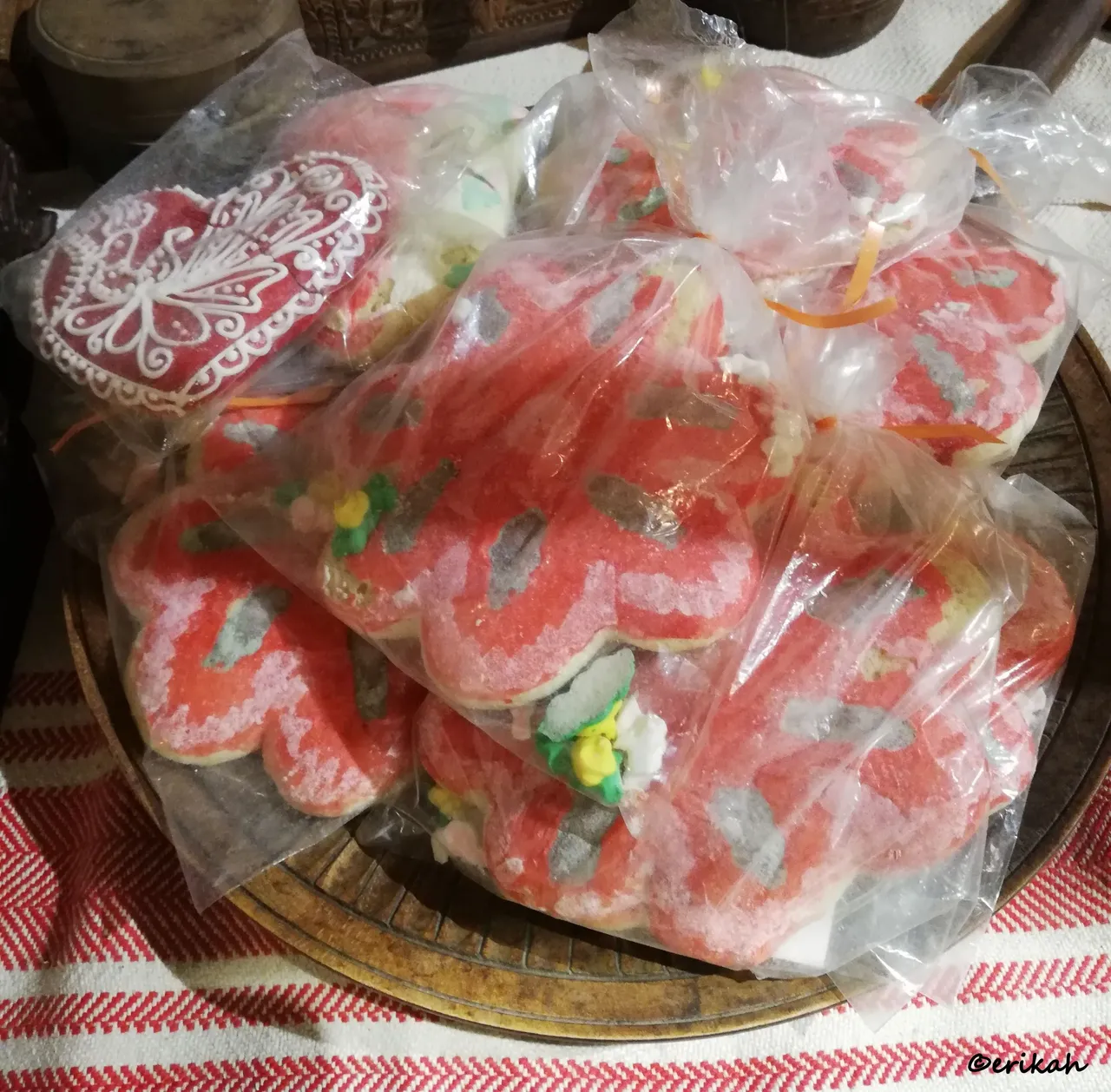
Gingerbread was very common gift to buy for the loved ones at the fair. Back in those days fairs were organized maybe once a week and most of the people had to travel to get there as they were living in remote areas. They bought these for their wives, kids as a souvenir. You can still buy these as well at the fairs.

These are my favorites, hand carved wooden box, people used to keep their savings and valuables in these, served as a safe. I'm going to buy one for myself once, the problem is these are not exactly cheap.
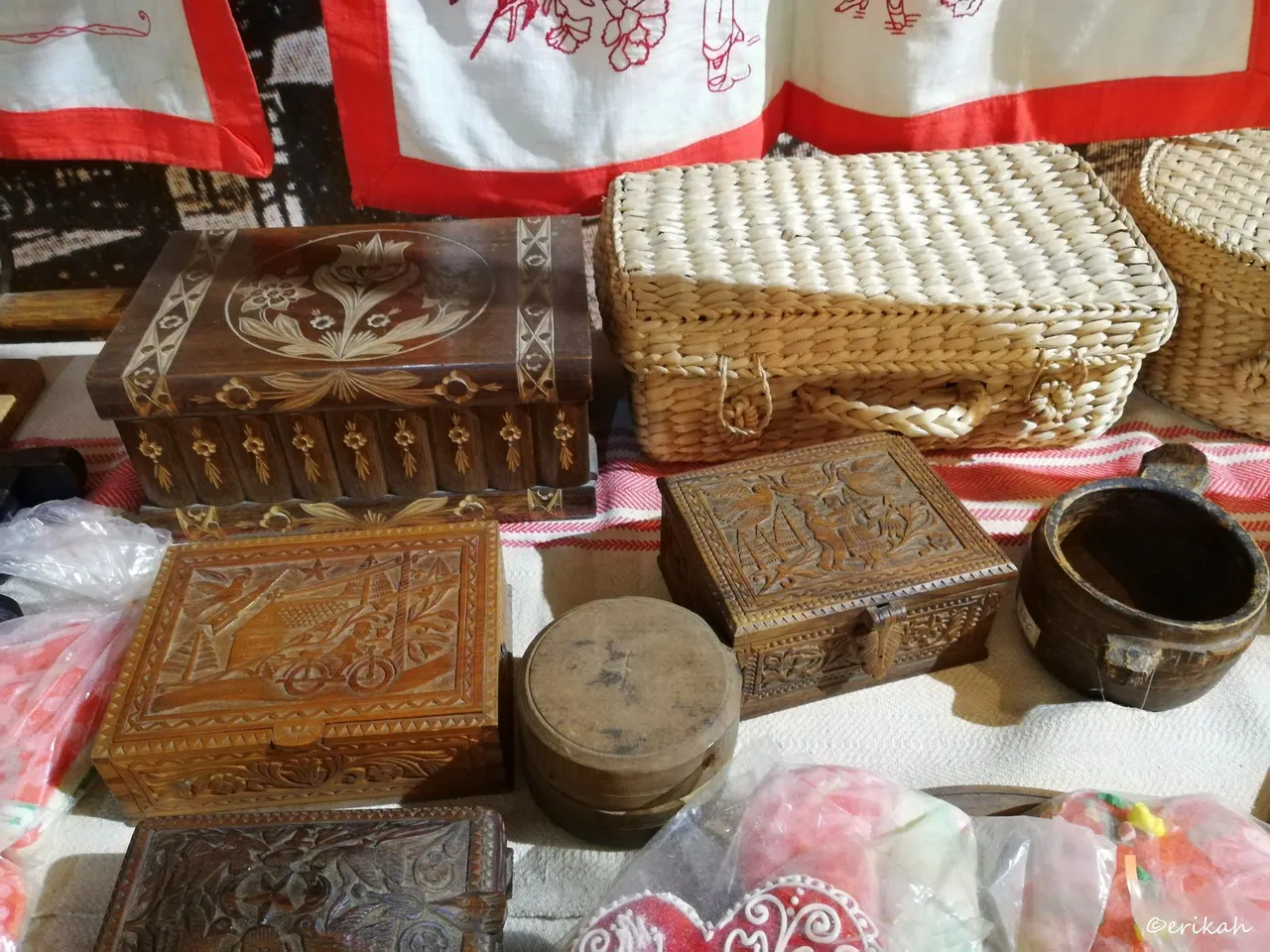
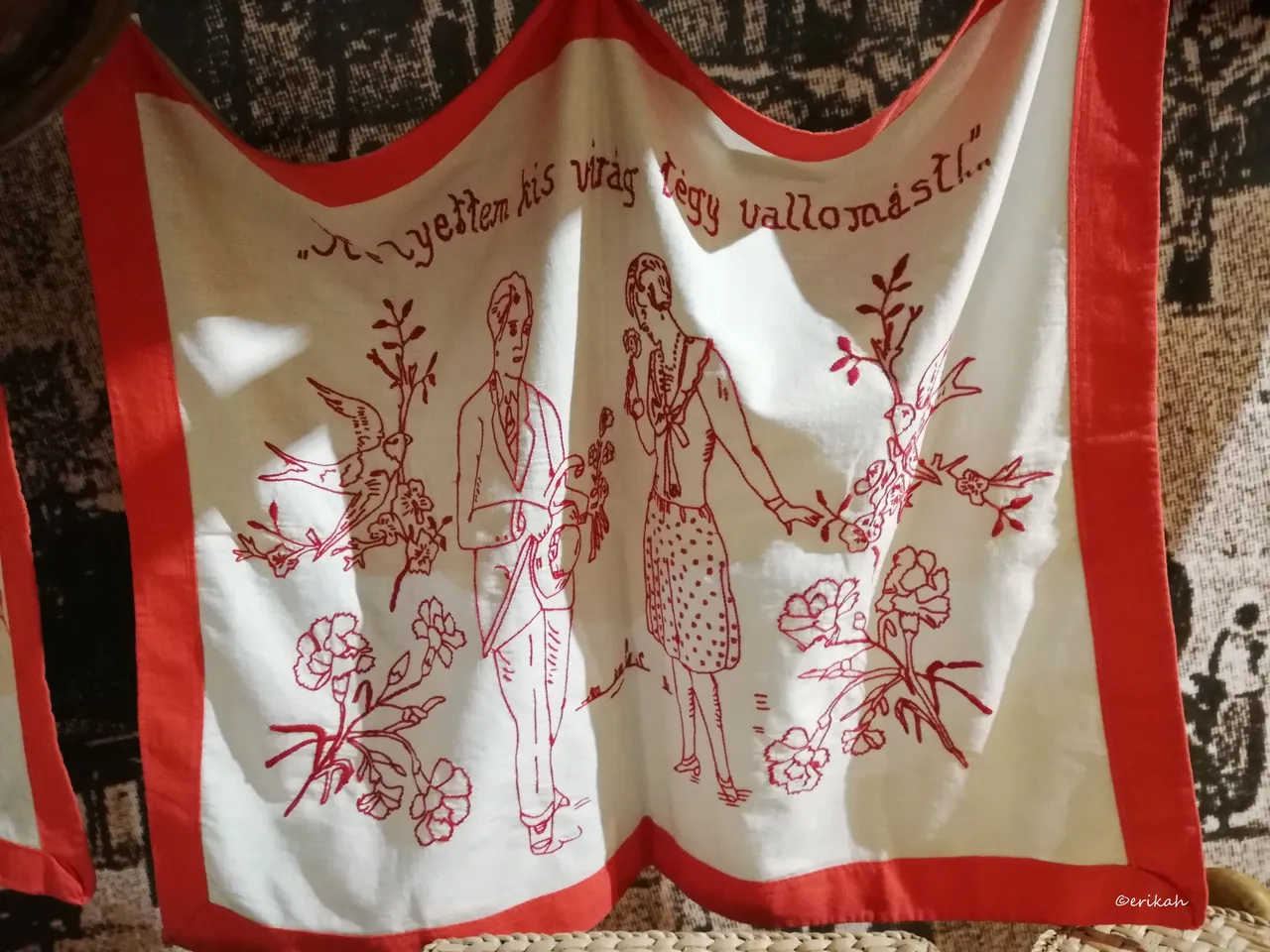
These wall cloths were also widely used. Some used in the kitchen, others in the room, or both. Young, unmarried women were embroidering these to have when they get marries. The scene you see on this one is a man gifting a flower to his love. Another theme that was commonly used on these cloths was religion. Different prayers and blessings were embroidered on them.
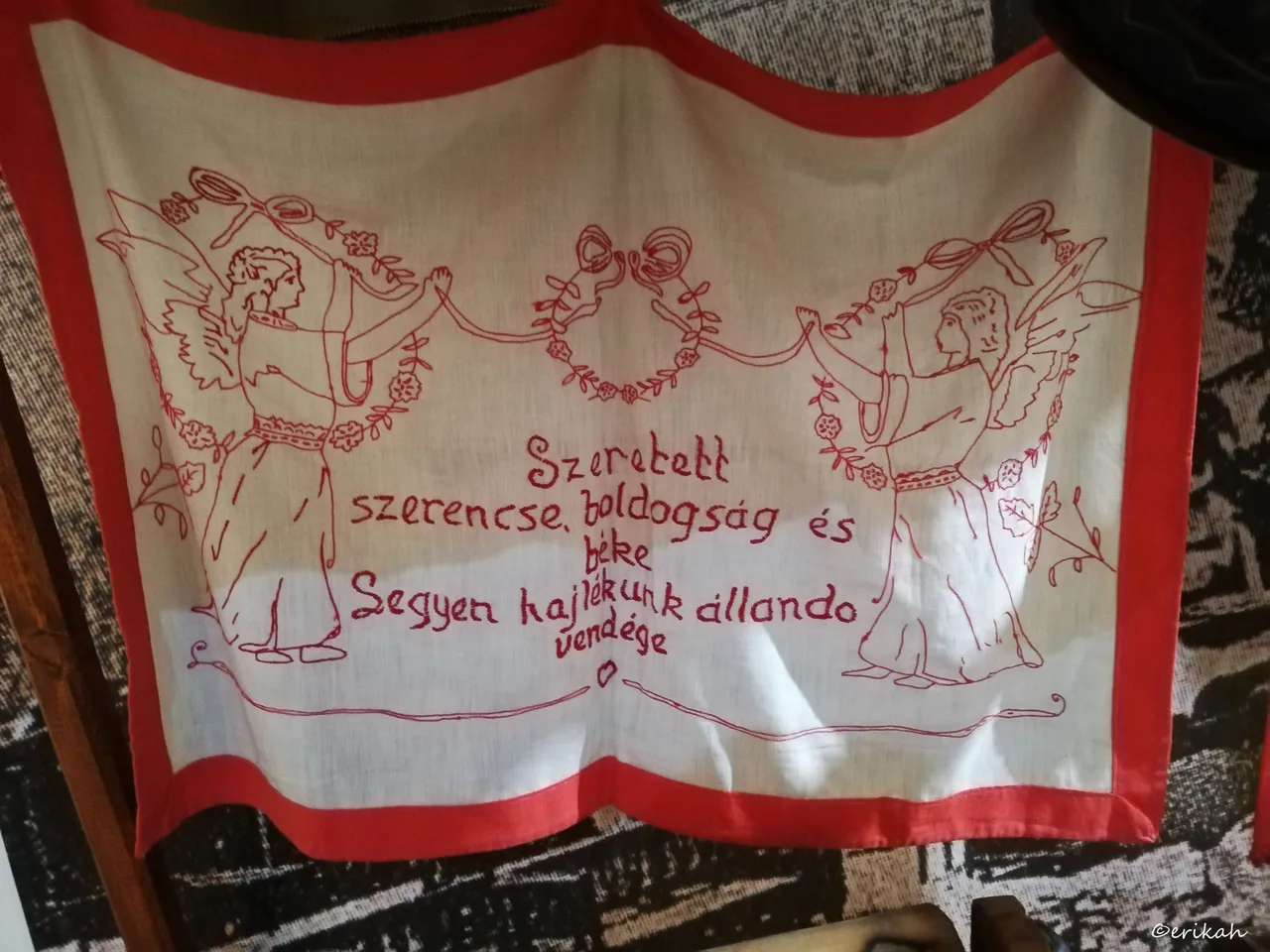
Let love, luck, happiness, peace, be a constant guest of our home.
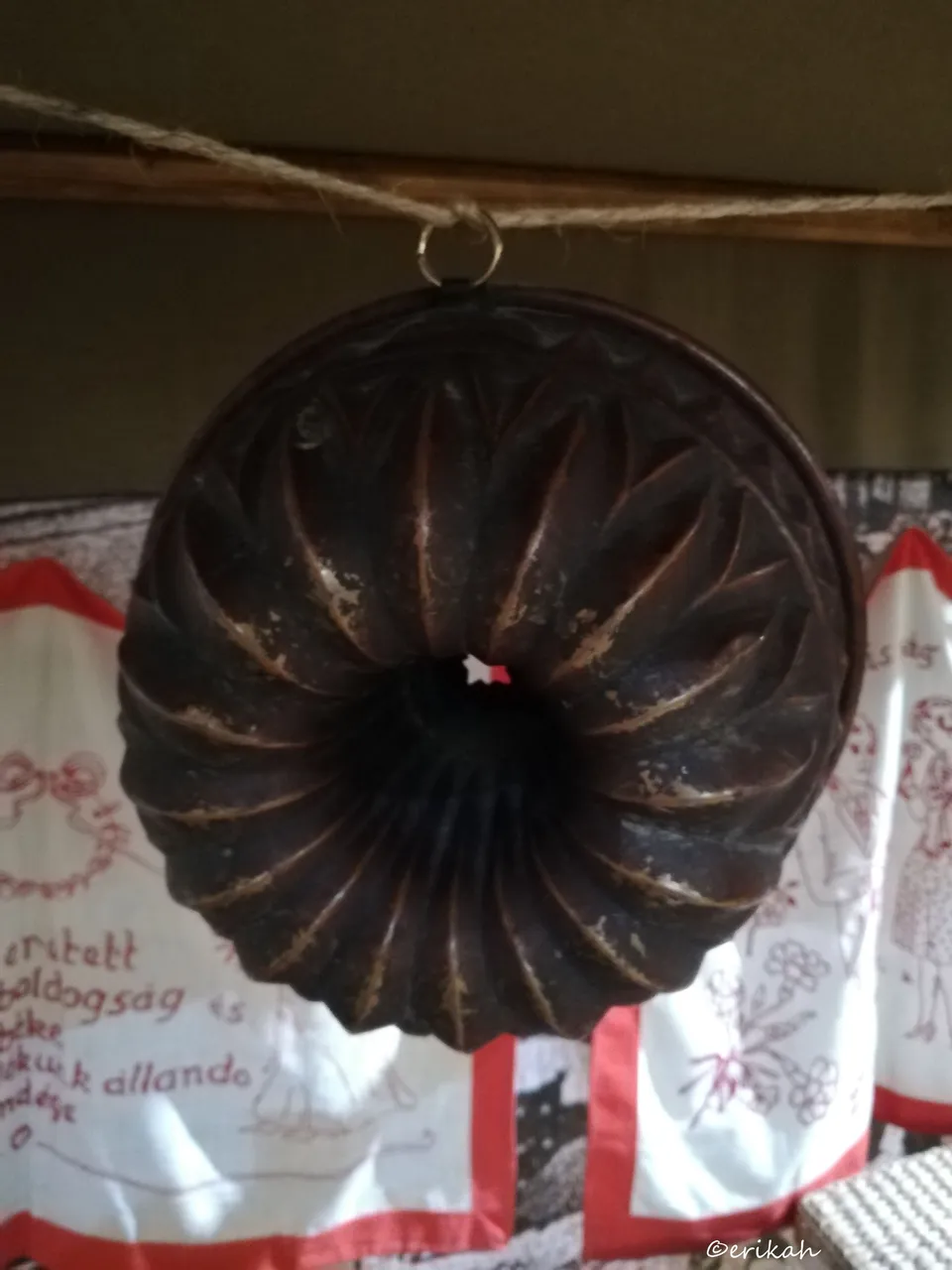
There were a few baking trays hanged, like this copper Gugelhupf baking tray.
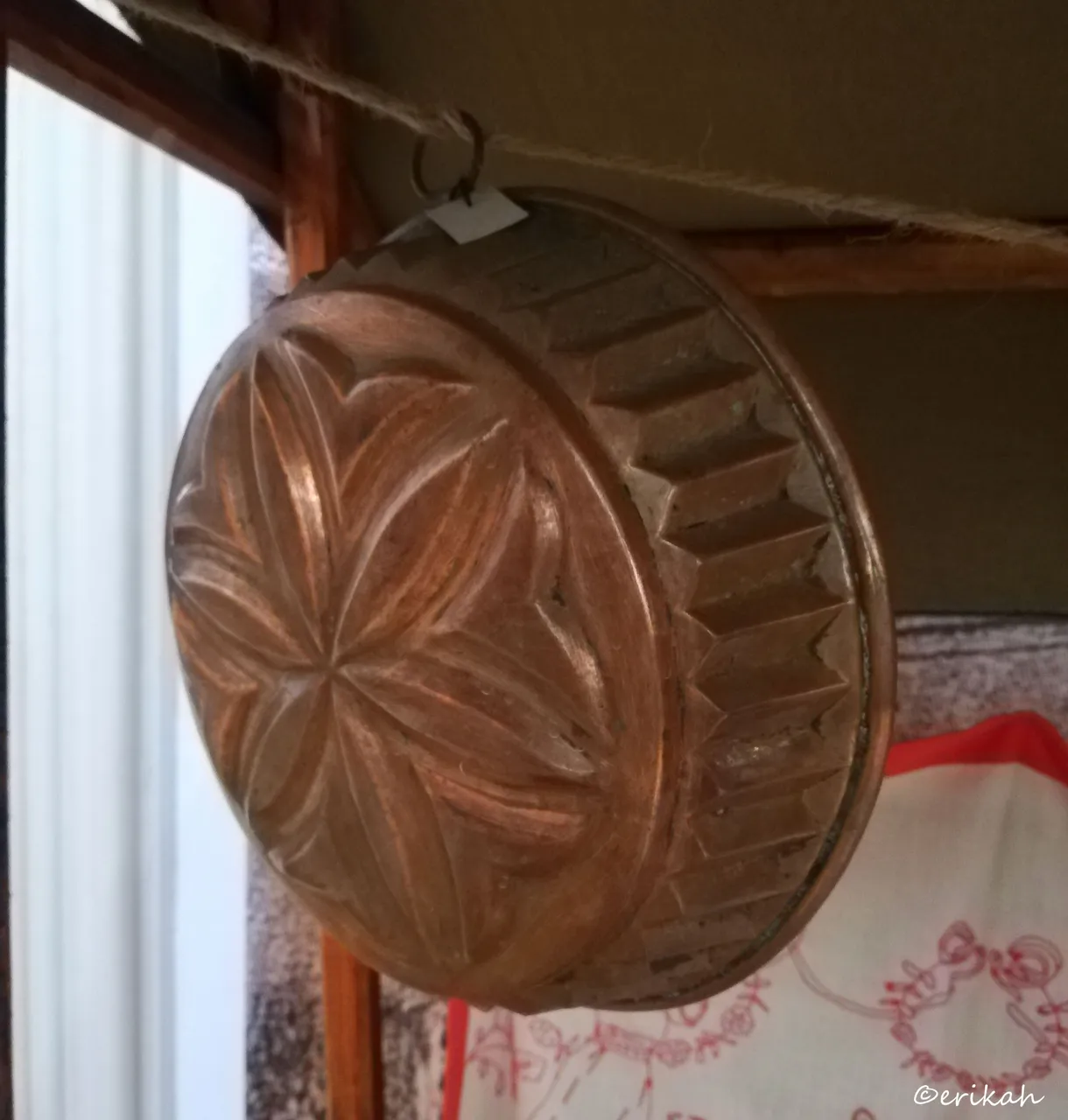
These were mostly used by nobles as the poor didn't have the resources, nor the time to bake these fancy desserts.
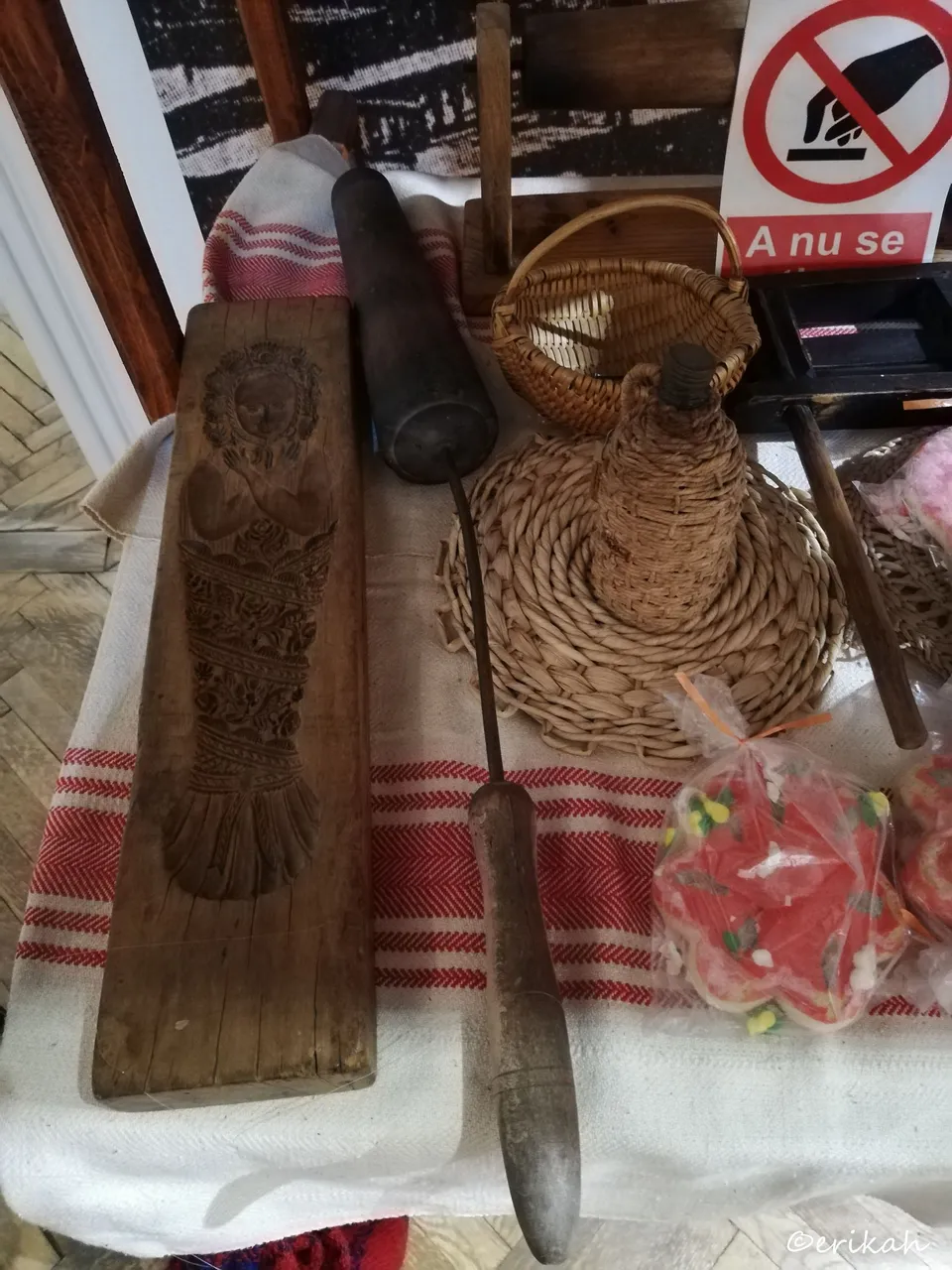
A bottle with a bulrush coat and a bulrush coaster. A wooden tool for making kürtös kalács and the one next to it is a mystery for me. It's a wooden carved piece, that could have been just a wall decoration, or a stance to make bread decoration? But this is just a guess, however I'd love to know what it is.
